Regarding furnishing your home, few decisions are as big as choosing the perfect sofa. This centerpiece of your living space doesn’t just need to look good – it needs to withstand daily use, fit your design style, and be comfortable for years to come.
The material you choose for your sofa upholstery will impact every aspect of ownership, from daily comfort to long-term maintenance costs.The debate between leather and fabric upholstery has been going on among interior designers and homeowners for decades, and a good reason.
Each material has pros and cons that can make or break your happiness with this significant furniture investment. Knowing these differences before you shop can save you from costly mistakes and ensure your new sofa becomes a favorite part of your home rather than a source of regret.
The Psychology of Material Choice: What Your Sofa Says About You
Your sofa material choice says a lot about your lifestyle and design style before you even sit down. This goes beyond aesthetics – creating an environment that reflects you and supports your daily routines.
Leather speaks to those who appreciate craftsmanship and aren’t afraid to make a statement. There’s an inherent confidence in choosing leather; it means someone who values quality over trends and isn’t following the crowd. The material’s association with luxury goods, from high-end cars to executive offices, brings an air of success and sophistication to any room. This psychological impact can be potent in rooms where you entertain guests or work from home.
Fabric choices reveal a different mindset—one that values flexibility and self-expression. Those who choose fabric want to be able to adapt their space to changing moods or seasons. The sheer variety of fabric options appeals to creative types who see their home as a canvas for self-expression. Whether you like bold patterns that show off your adventurous side or neutral tones that create a calm retreat, the fabric allows for that level of personalization that leather can’t match.
The Science of Comfort: How Materials Affect Your Experience
Comfort isn’t just about softness – understanding how a material responds to your body, regulates temperature, and maintains its support over time can empower you to make a more informed choice. Fabric upholstery excels at temperature regulation due to its porous structure.
Natural fibers like cotton and linen allow air to circulate freely, preventing heat and moisture from building up and making extended sitting uncomfortable. This breathability is crucial during warmer months or in homes with limited air conditioning. The fiber structure also provides natural cushioning that distributes weight evenly, reducing pressure points that can cause discomfort over long periods of use.
Leather’s comfort profile works on different principles. The material’s density means it takes time to warm to your body temperature, which some find off-putting, but others appreciate its cooling effect. Once warmed, quality leather molds to your body’s contours, creating a custom fit that improves over time. This adaptive quality means a leather sofa becomes more comfortable, developing wear patterns that accommodate your preferred sitting positions.
The aging process affects comfort differently between materials. Fabric may develop permanent indentations or lose its resilience over time, especially in high-use areas. Leather, on the other hand, maintains its structural integrity while developing a supple flexibility that many owners find more appealing as the years go by.
Practical Considerations: Matching Material to Lifestyle Demands
Your household’s activity level should heavily influence your material choice. This goes beyond durability to how the material responds to the specific challenges your family presents. Understanding these practical considerations can give you a sense of control over your decision-making process, ensuring you make a choice that aligns with your lifestyle demands.
For homes with active children, the cleaning requirements become paramount. Fabric’s absorbent nature means spills can penetrate deeply, potentially causing permanent staining or odor retention. However, modern performance fabrics have primarily addressed these concerns with protective coatings that repel liquids and resist staining. These treated fabrics offer many practical benefits of leather while maintaining the fabric’s softer aesthetic.
Pet owners face unique challenges regardless of material choice. Cats’ claws can damage both leather and fabric, though leather may show scratches more prominently due to its smooth surface. Dogs that shed heavily may find their hair more visible on leather’s uniform surface, while fabric can trap hair within its fibers, making removal more difficult. The key is understanding your specific pets’ behavior and choosing accordingly.
Households with allergy sufferers should consider how materials trap and release allergens. Leather’s non-porous surface prevents dust mites and pet dander from penetrating deeply, making regular cleaning more effective at removing allergens. Fabric can harbor these particles within its fibers, though regular vacuuming and professional cleaning can mitigate this issue.
The material you choose will affect your decorating options for years to come. This long term impact on your design flexibility deserves consideration, especially if you like to refresh your space regularly. Understanding the design flexibility of different materials can inspire you to be more creative in your decorating choices, allowing you to build a space that truly reflects your personality and style.Leather sofas act as anchor pieces that dictate the room’s overall aesthetic.
Once you’ve invested in a leather sofa, your color palette and styling options become somewhat limited by the need to match this dominant element. This isn’t necessarily bad – many homeowners appreciate having a strong foundation piece that simplifies decorating decisions. The challenge is to ensure that the leather color and style you choose today will still appeal to you in years to come.
Fabric sofas offer more flexibility when changing design trends and personal preferences. Different throw pillows, blankets, and accessories can change a neutral fabric base seasonally. Bold fabric choices can be statement pieces, allowing you to build a room’s color scheme around the sofa’s pattern or color. This flexibility is invaluable for renters or anyone trying out different looks.
The investment timeframe also affects design considerations. If you view your sofa as a long-term purchase, leather’s timelessness may justify the higher cost. A quality leather sofa can be a significant investment, but its durability and timeless appeal can make it a cost-effective choice over the long run. If you prefer to update your furniture every few years, the fabric’s lower price point and style variety make it easier to follow current trends without breaking the bank.
Environmental and Health Considerations
Modern consumers consider the environmental and health impacts of their furniture choices. Both leather and fabric options present different considerations in these areas. Leather production involves chemical processes that raise environmental concerns, from tanning to the treatment of animal hides. However, due to its longevity, leather’s durability may have a lower lifetime ecological impact. Quality leather sofas can last decades with proper care, potentially offsetting their initial environmental cost through extended use.
Fabric choices vary widely in their environmental impact. Natural fibers like organic cotton or linen are grown using sustainable practices and eco-friendly options. Synthetic fabrics may use petroleum-based materials but often incorporate recycled content—research specific manufacturers’ practices and certifications.
Health considerations include off-gassing from chemical treatments and dyes. Both materials can release volatile organic compounds (VOCs), though the specific chemicals and duration vary. When health is a priority, look for certifications like CertiPUR-US for foam components or GREENGUARD for low chemical emissions.
The Bottom Line
Understanding the total cost of ownership helps justify your material choice beyond the initial purchase price. This includes maintenance costs, replacement frequency, and resale value considerations.Leather costs more upfront but may be more cost-effective in the long run. A quality leather sofa can last 15-20 years or more with proper care. The maintenance costs are low—just periodic conditioning and prompt attention to spills. When it’s time to replace the sofa, quality leather pieces retain more value than fabric alternatives.
Fabric sofas have more entry points at different price points, making them more accessible to a broader range of budgets. However, the total cost equation gets more complicated when you factor in professional cleaning requirements, replacement due to wear or staining, and the likelihood of wanting to update the style sooner than with leather.
Conclusion: Go with Your Gut
After considering all the practicalities, go with your initial instincts about which material feels right for your space. The sofa that will make you the happiest is the one that meets both your practical needs and emotional wants.
Visit showrooms to experience the materials firsthand. Pay attention to your immediate reaction—does the leather feel luxurious or too formal? Does the fabric seem inviting or too high-maintenance? These gut reactions are often more reliable than endless spec comparisons.
There’s no one correct answer. The best material is the one that suits your lifestyle and your budget and makes you happy to come home every day. Whether you choose the timelessness of leather or the comfort of fabric, choosing thoughtfully means your investment will serve you well for years.
Your sofa will see countless moments of your life – from quiet mornings with coffee to loud gatherings with friends. Choose the material that will make those moments as comfortable and stylish as possible, and you’ll never regret it.


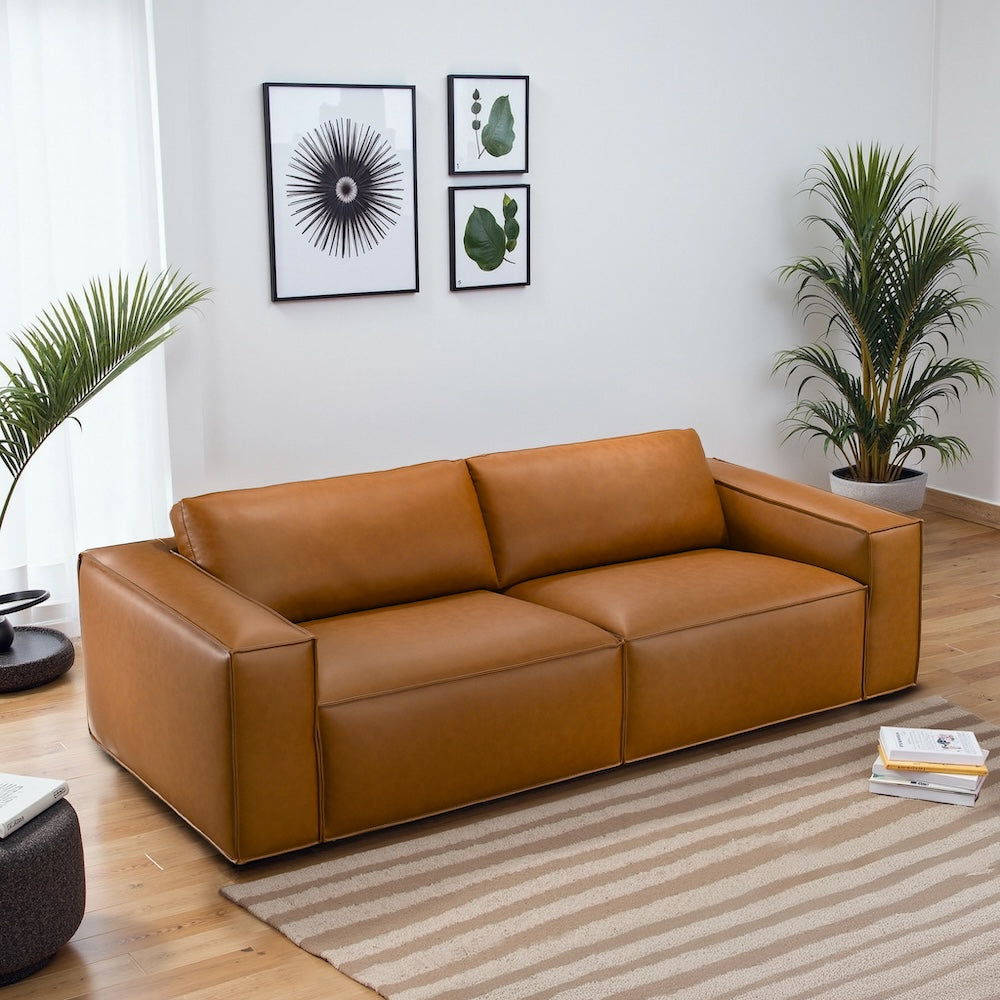



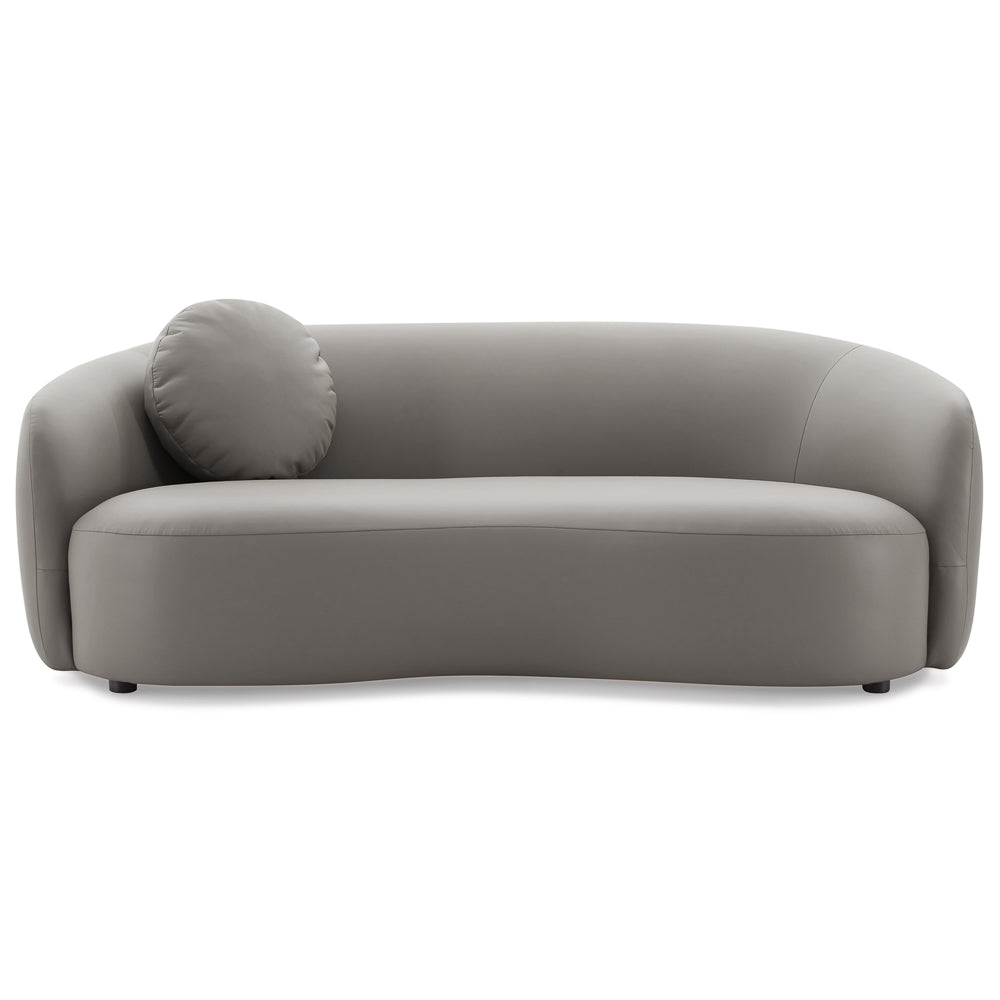
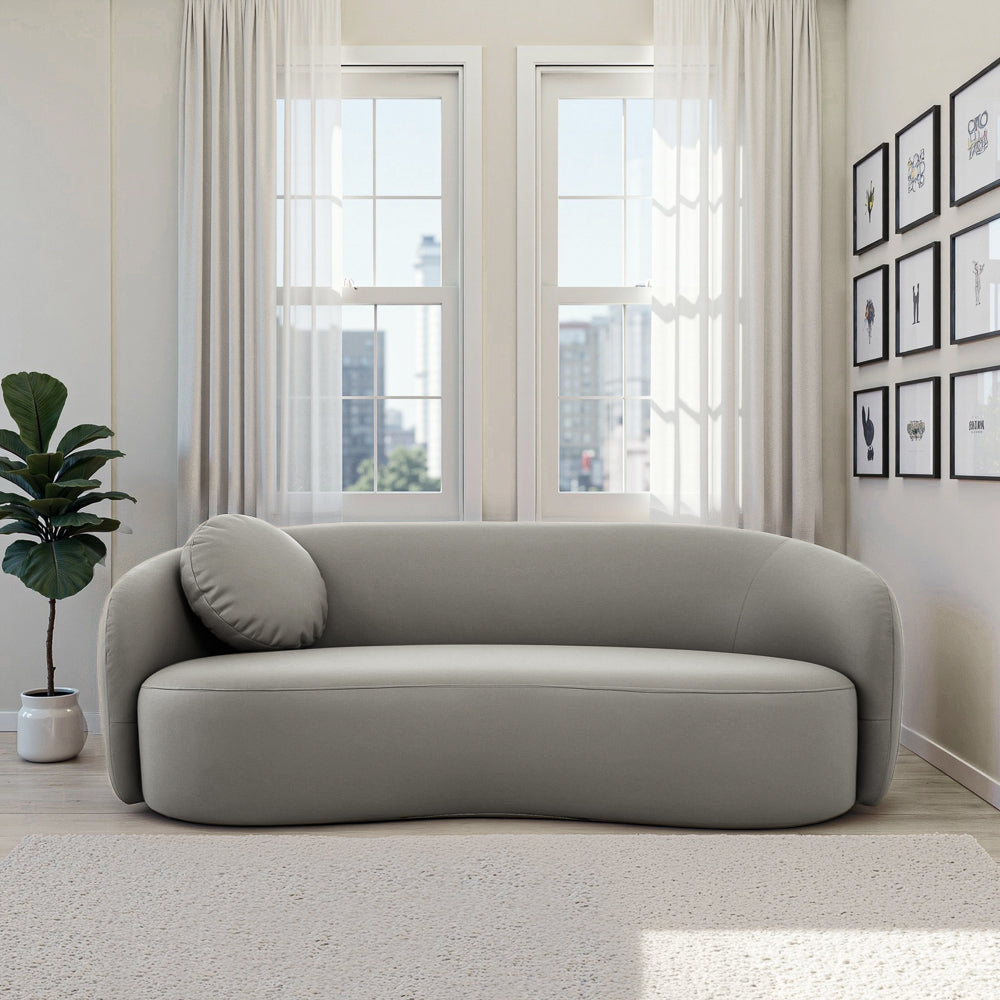
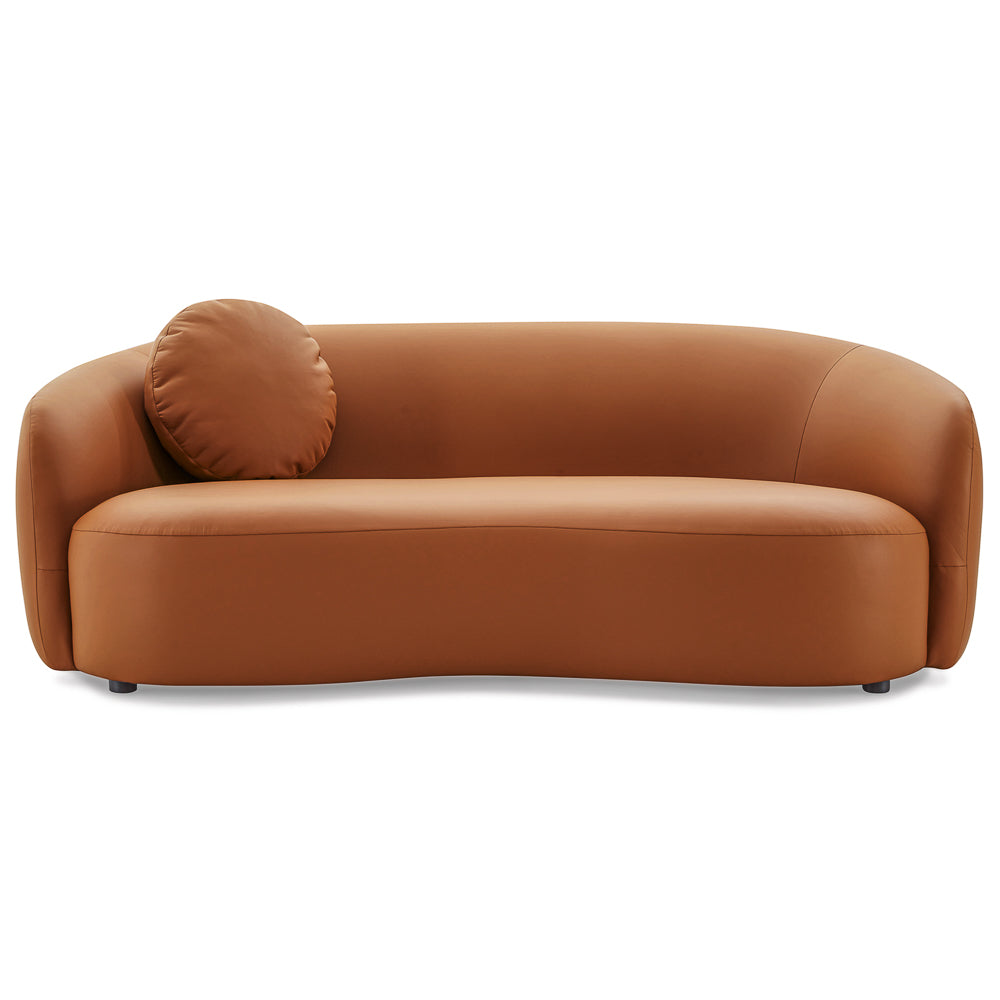
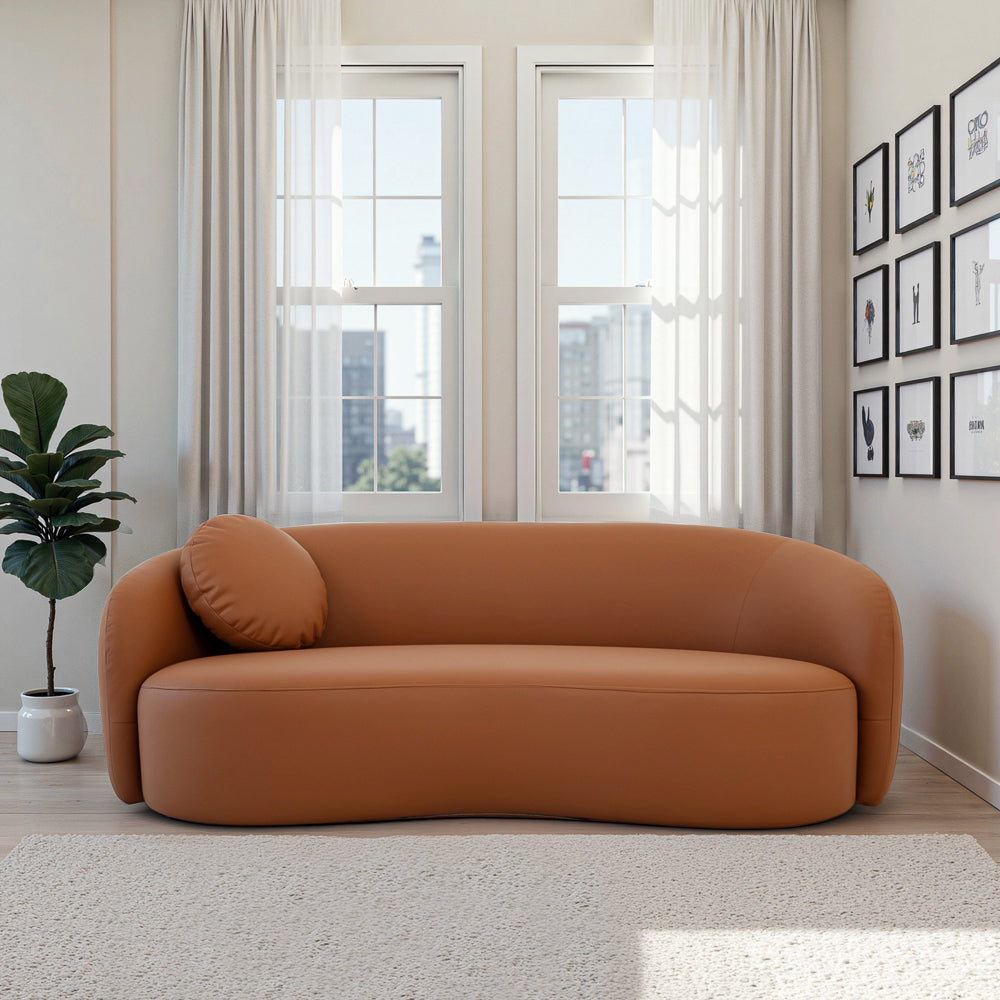
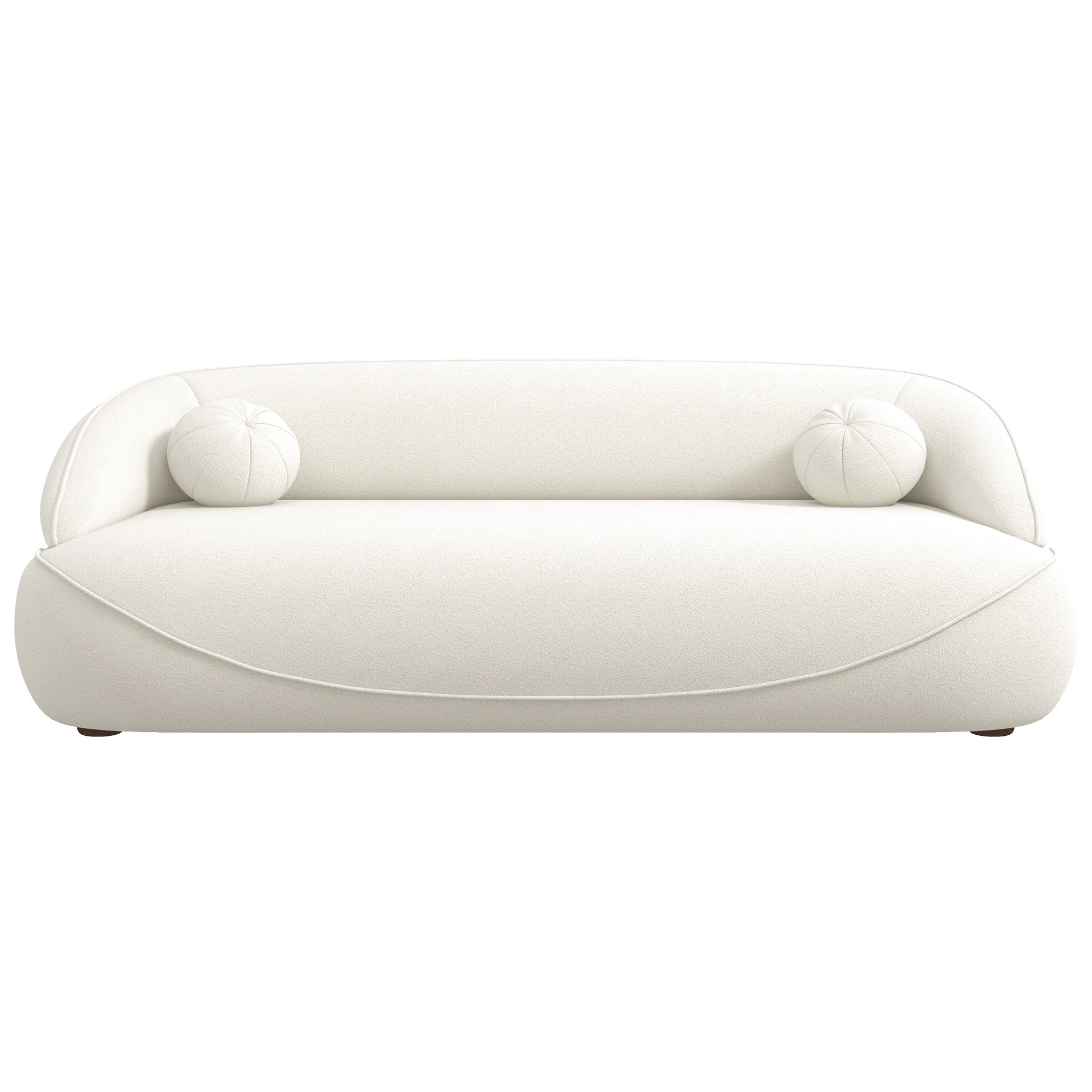
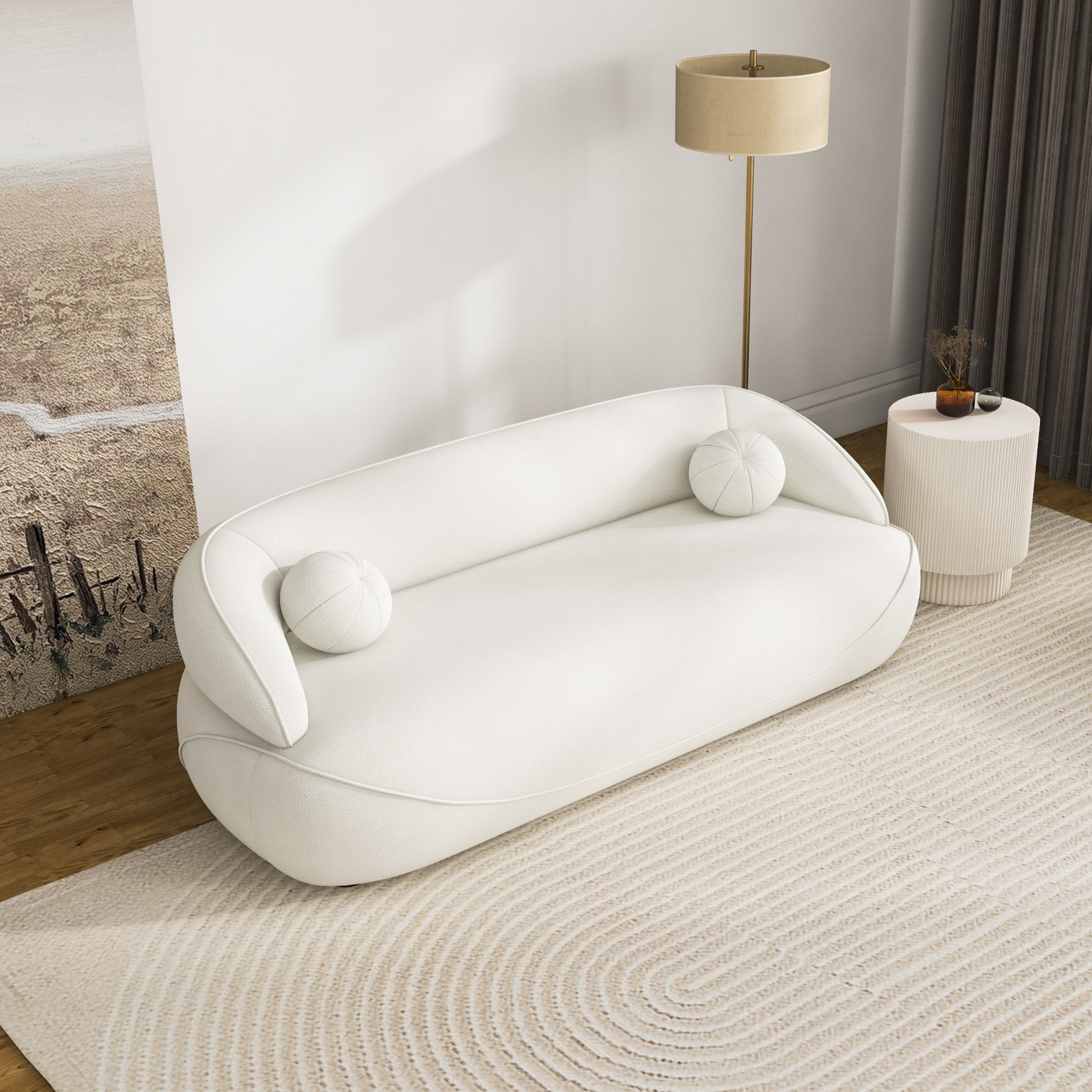
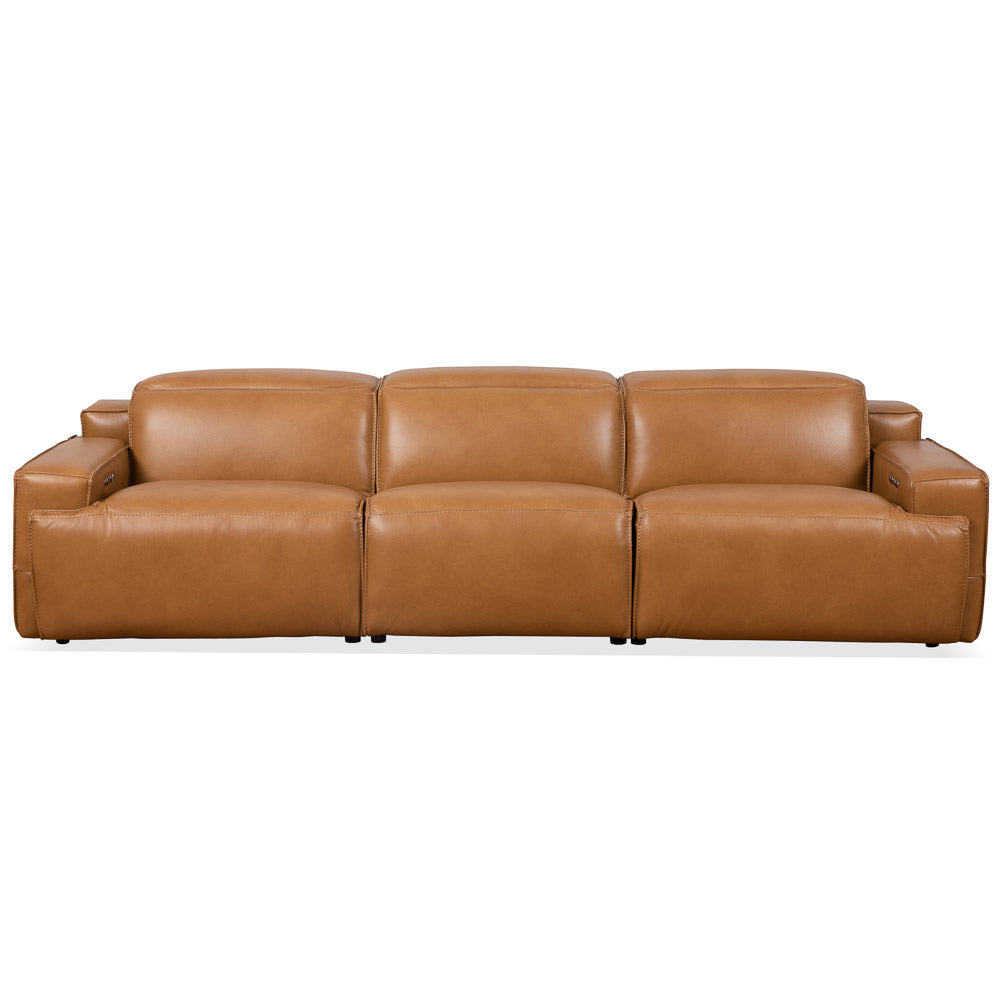
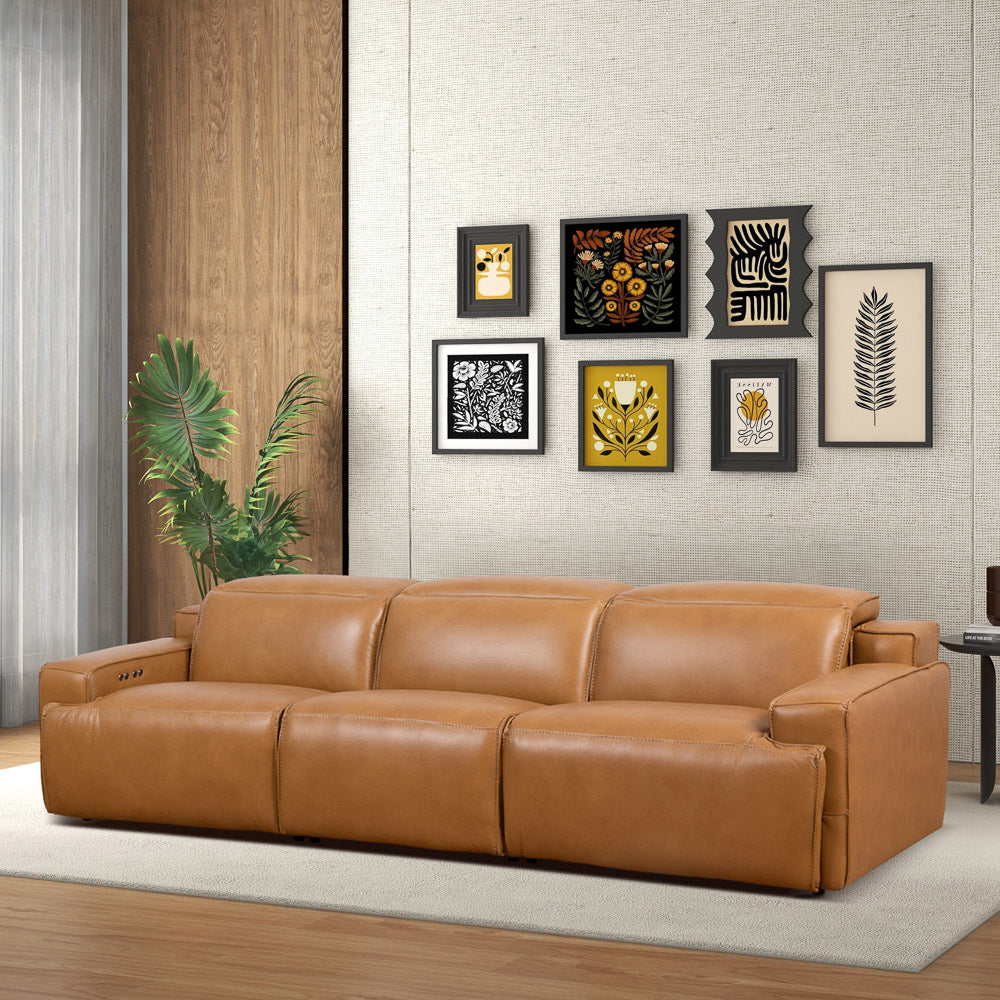
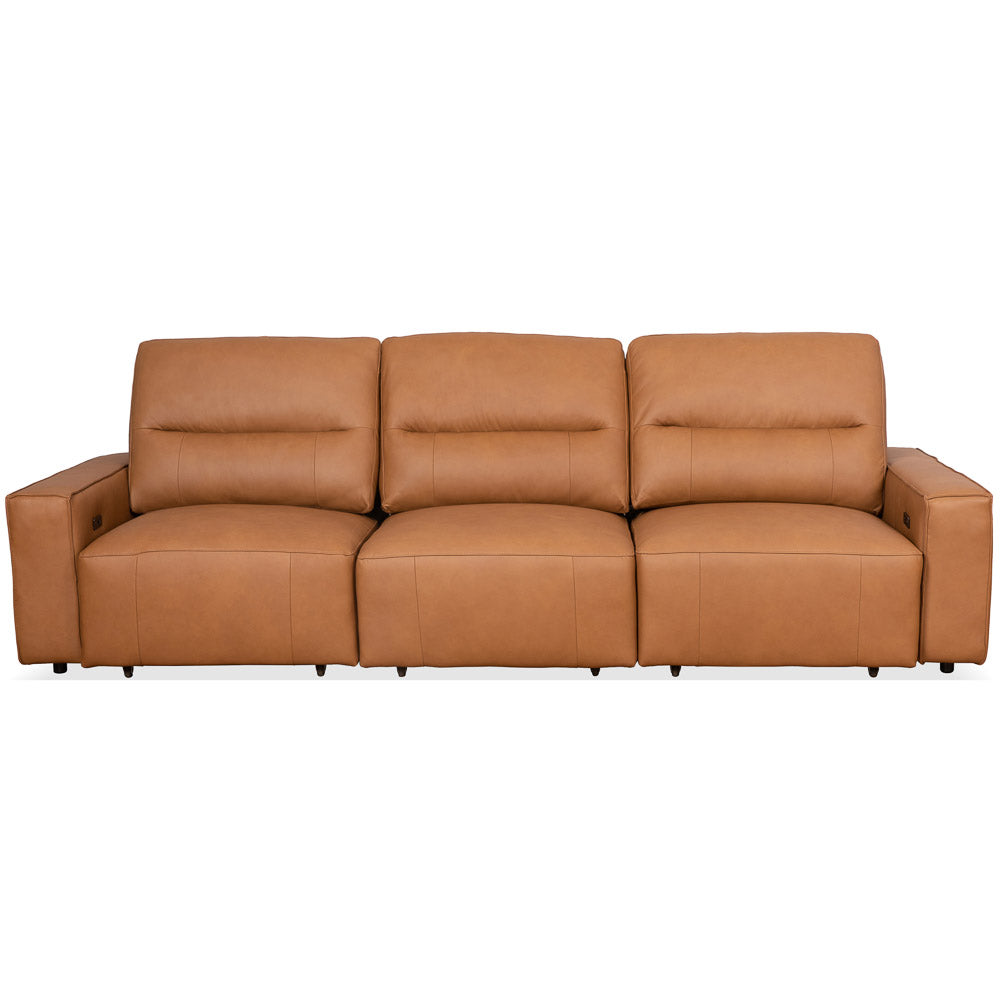
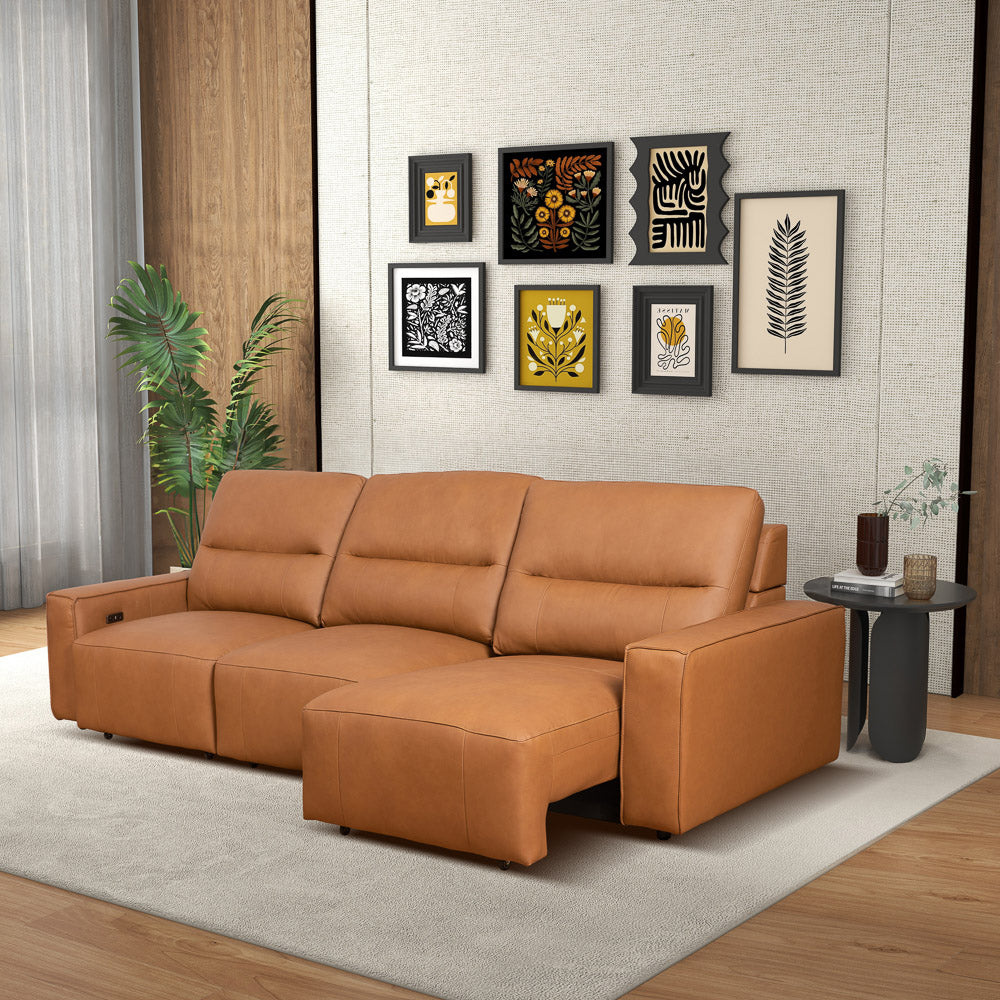
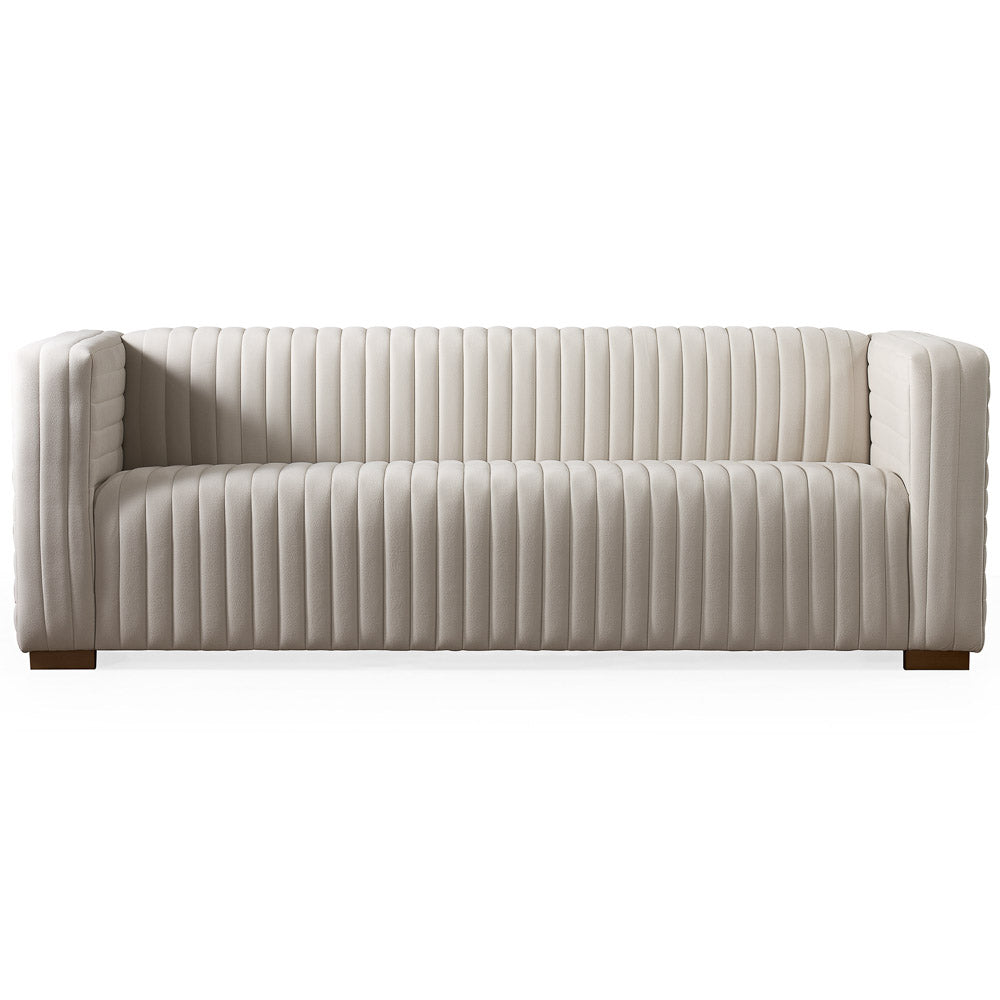
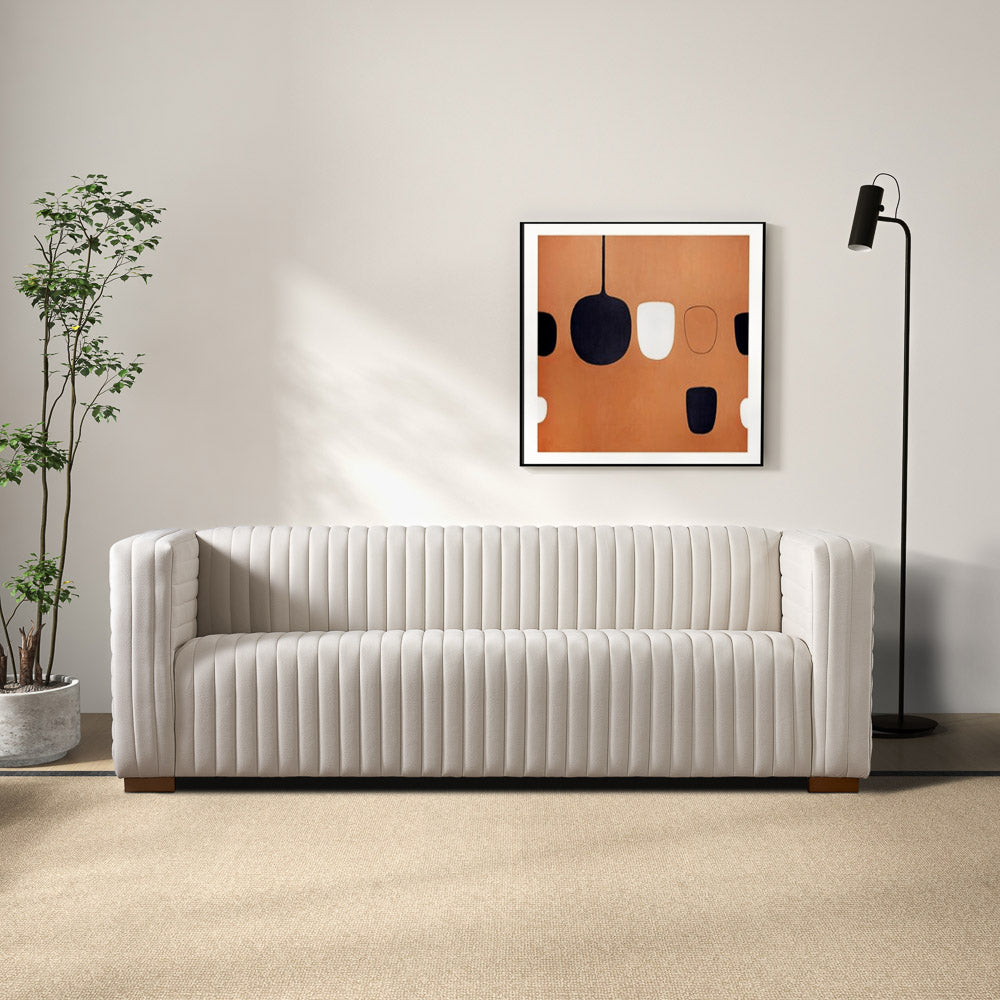
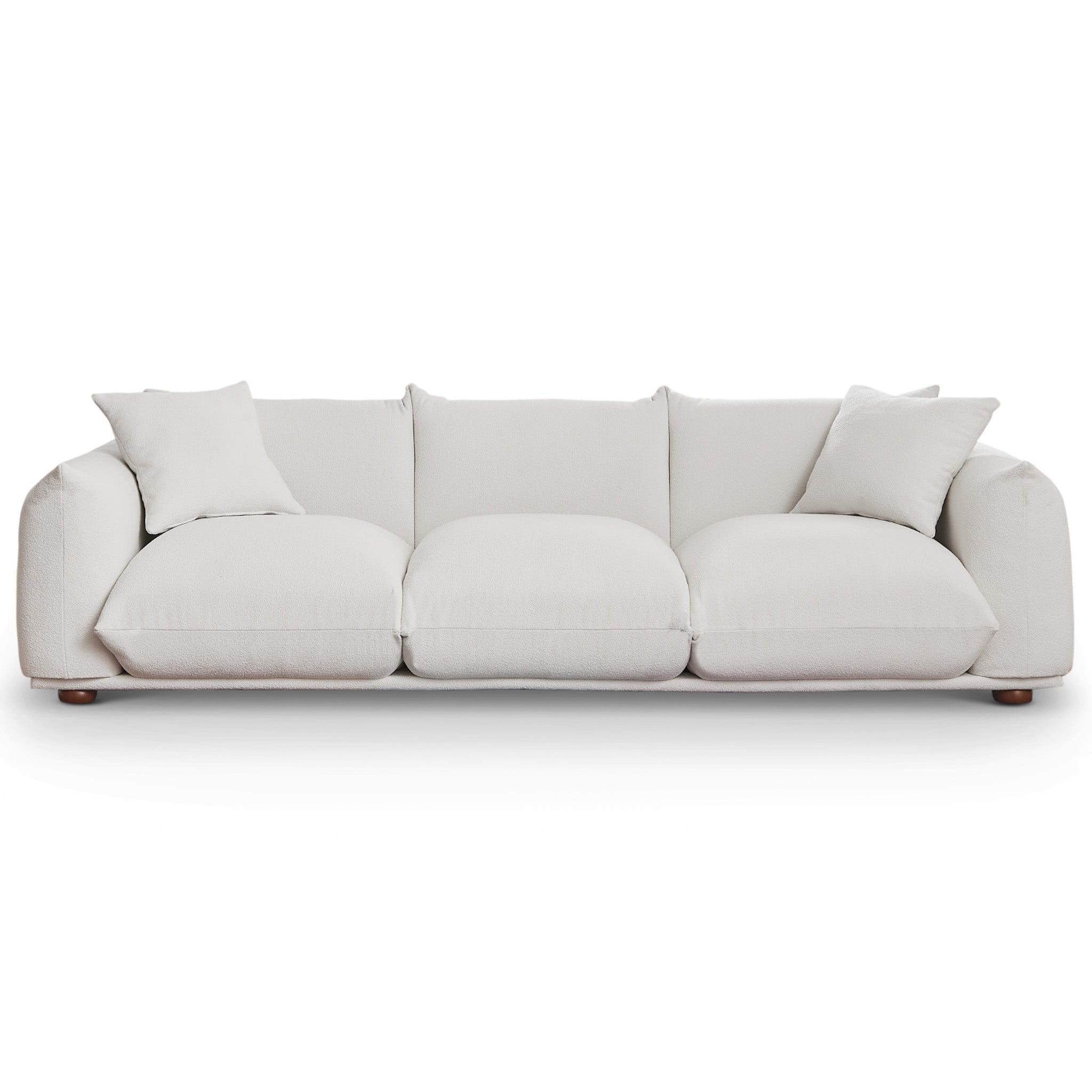
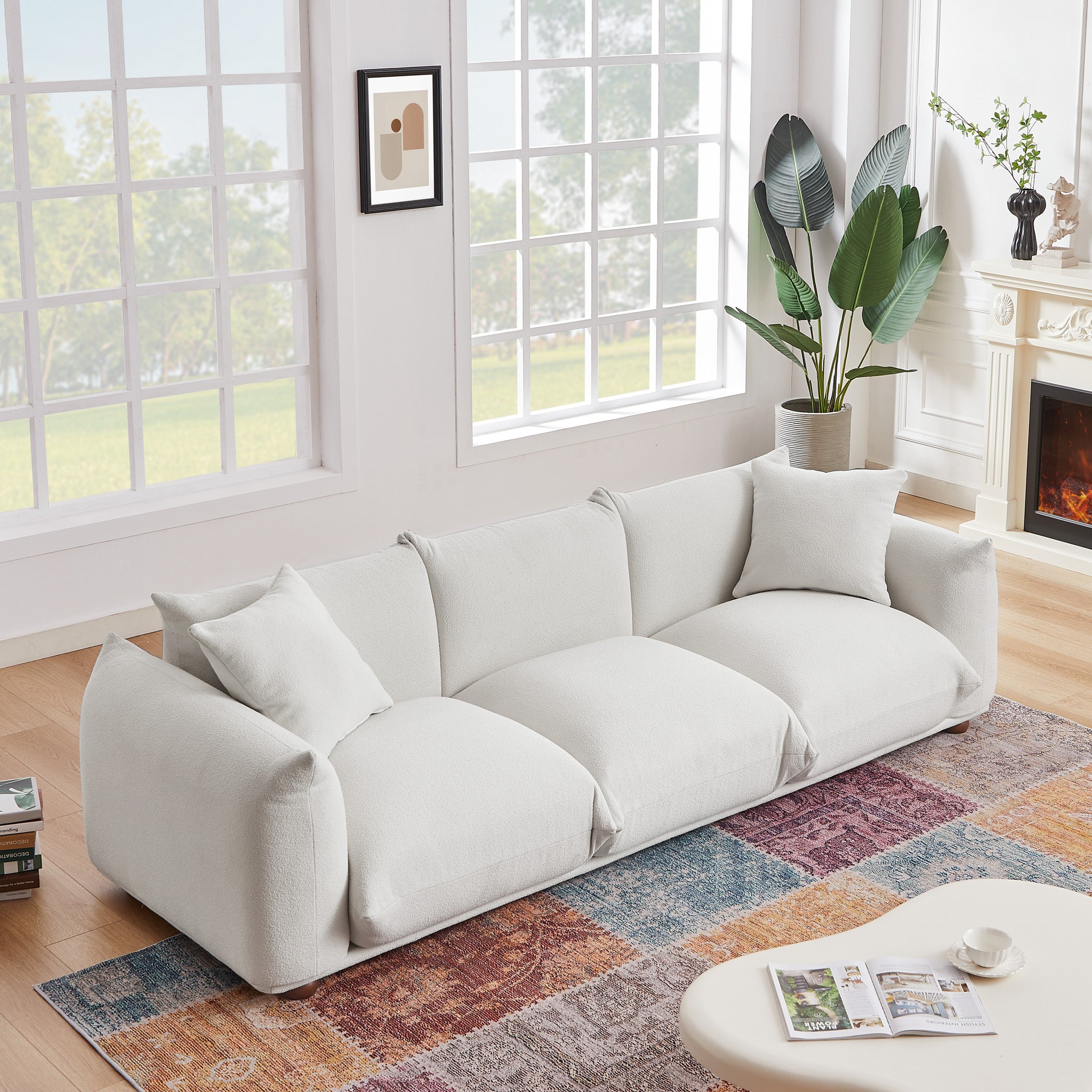
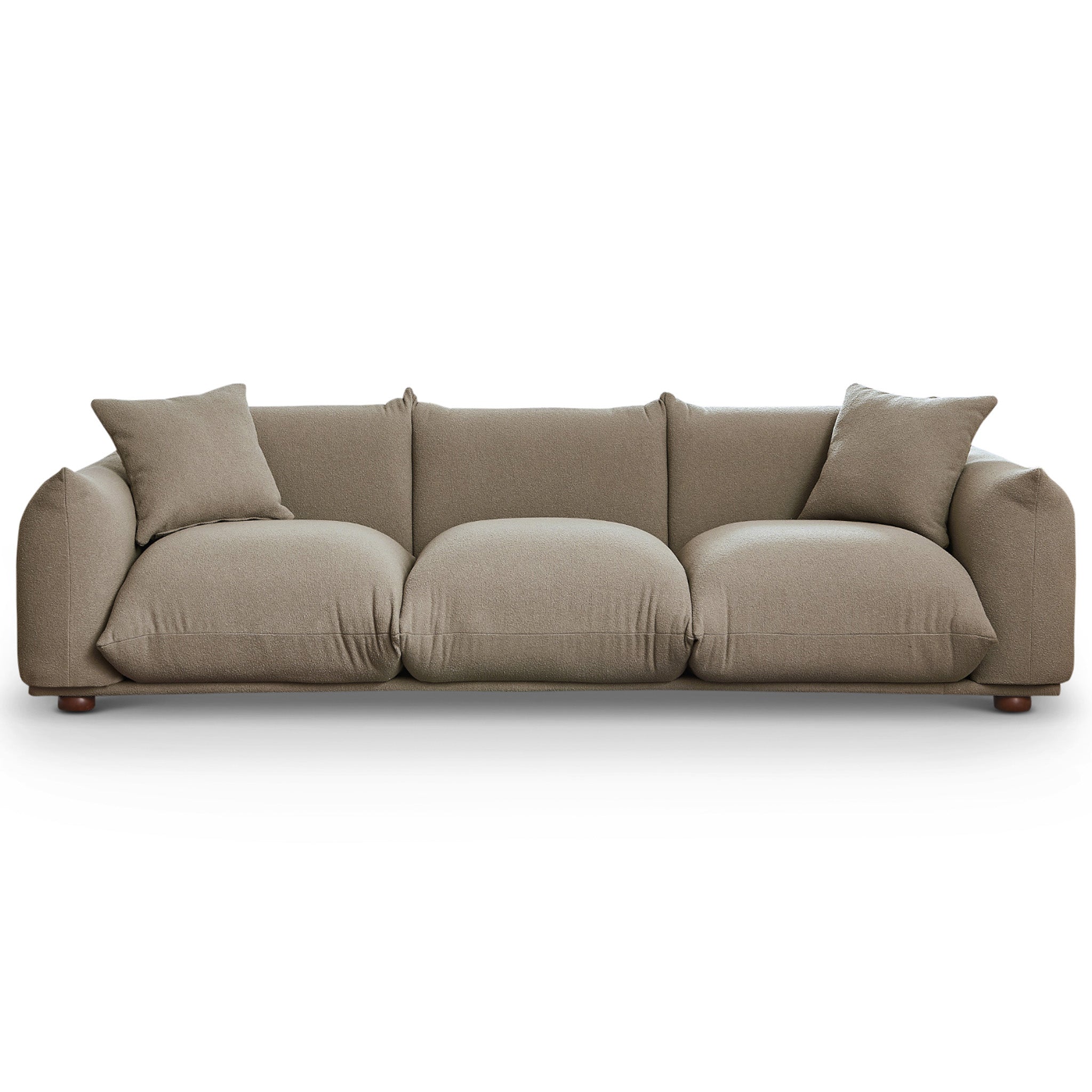
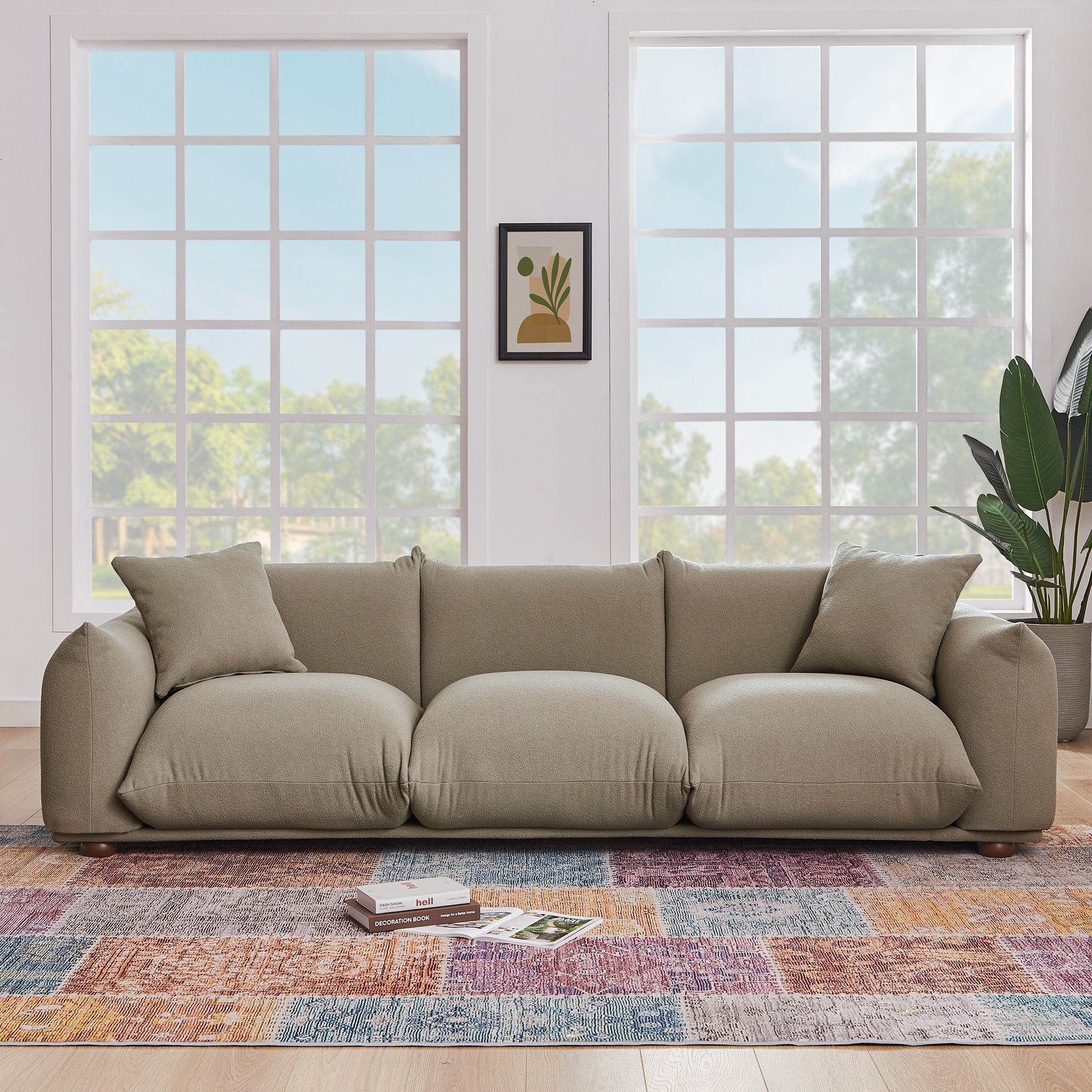
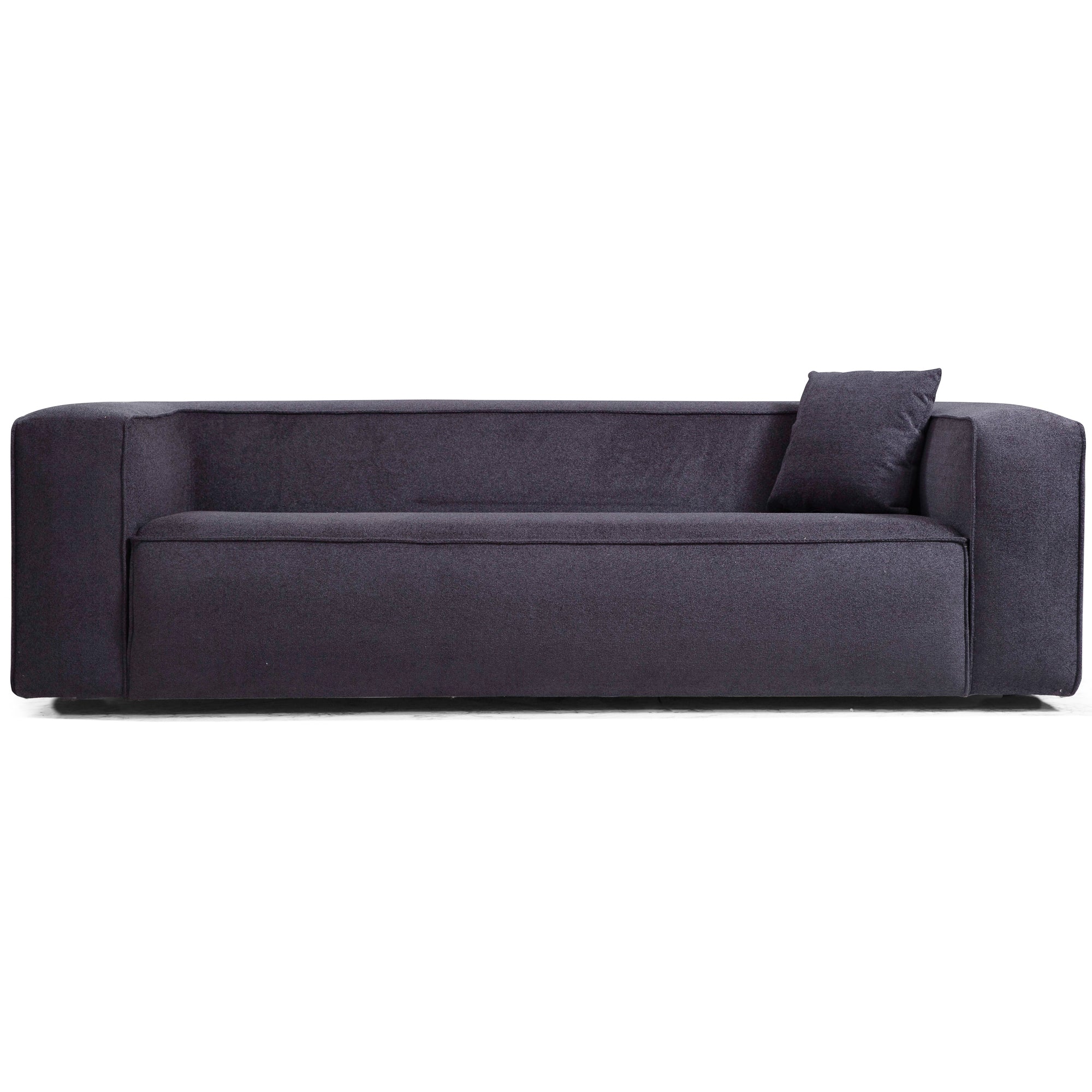
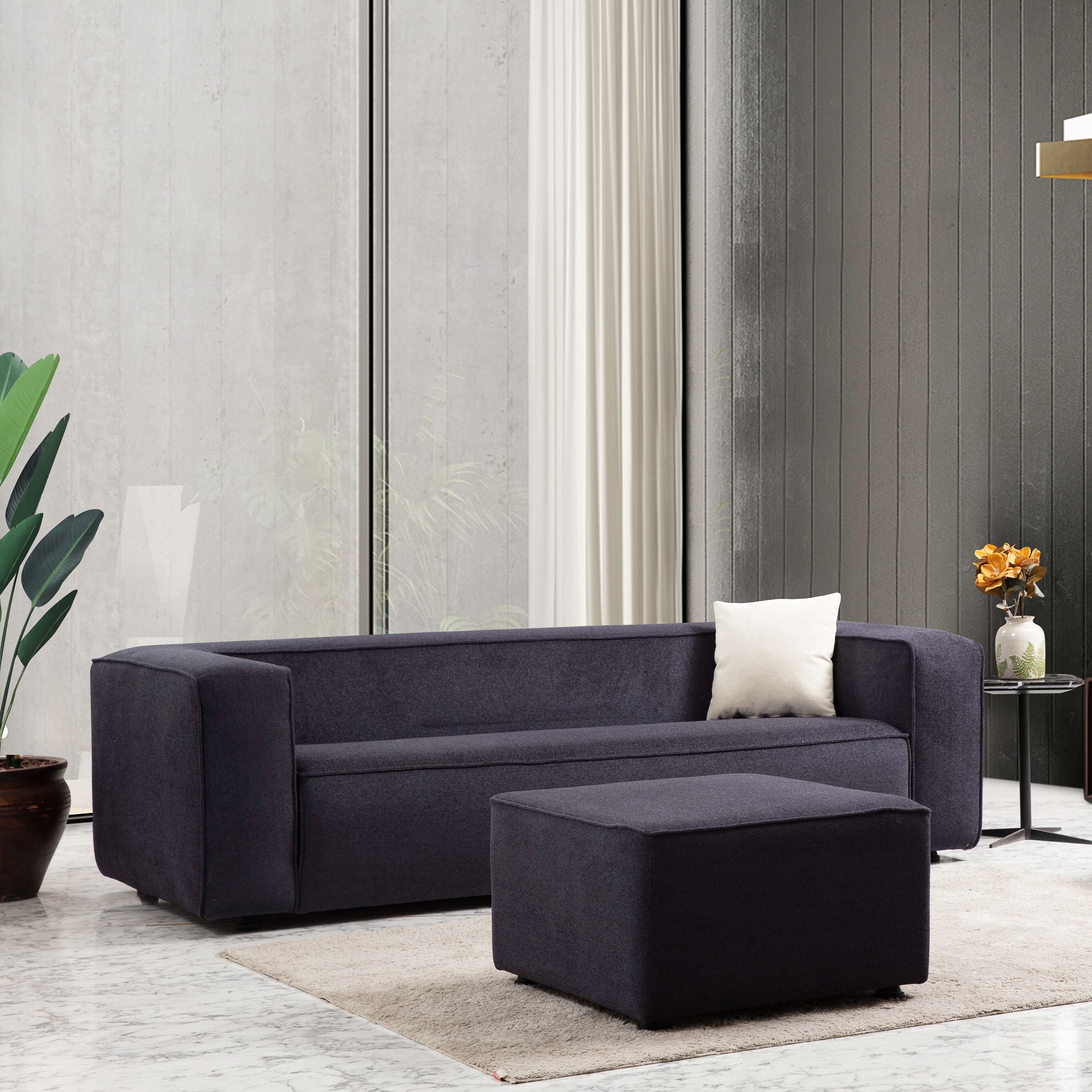
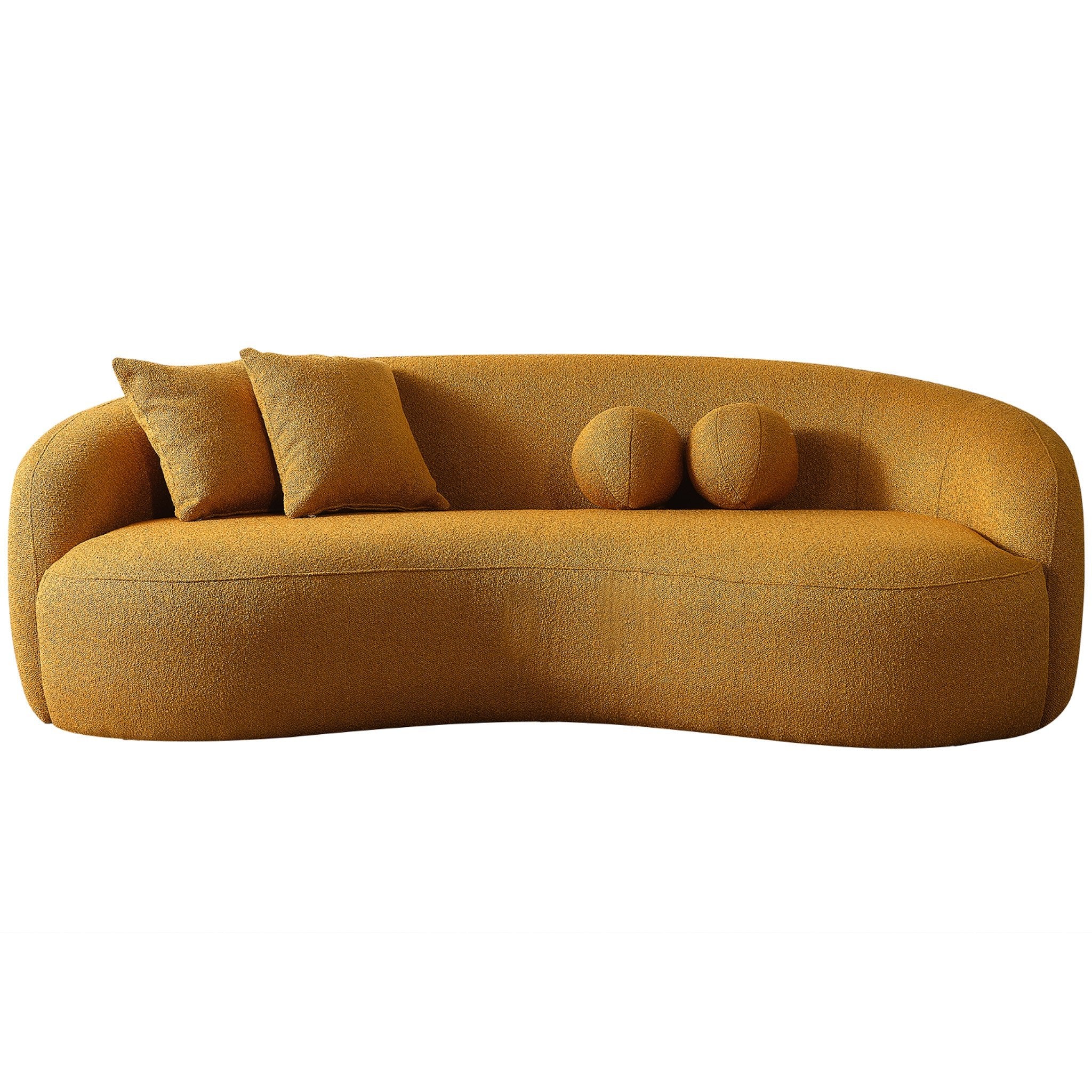

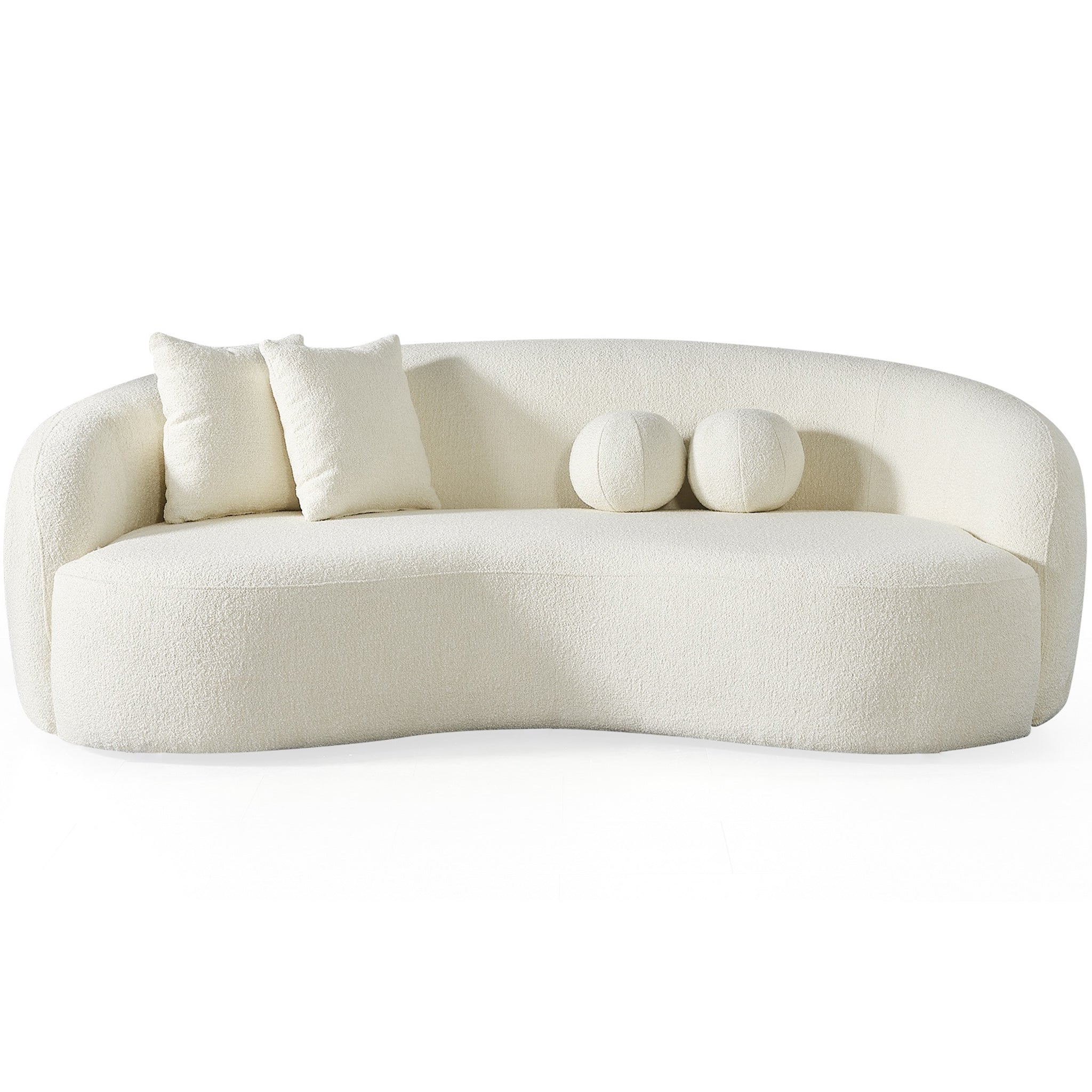
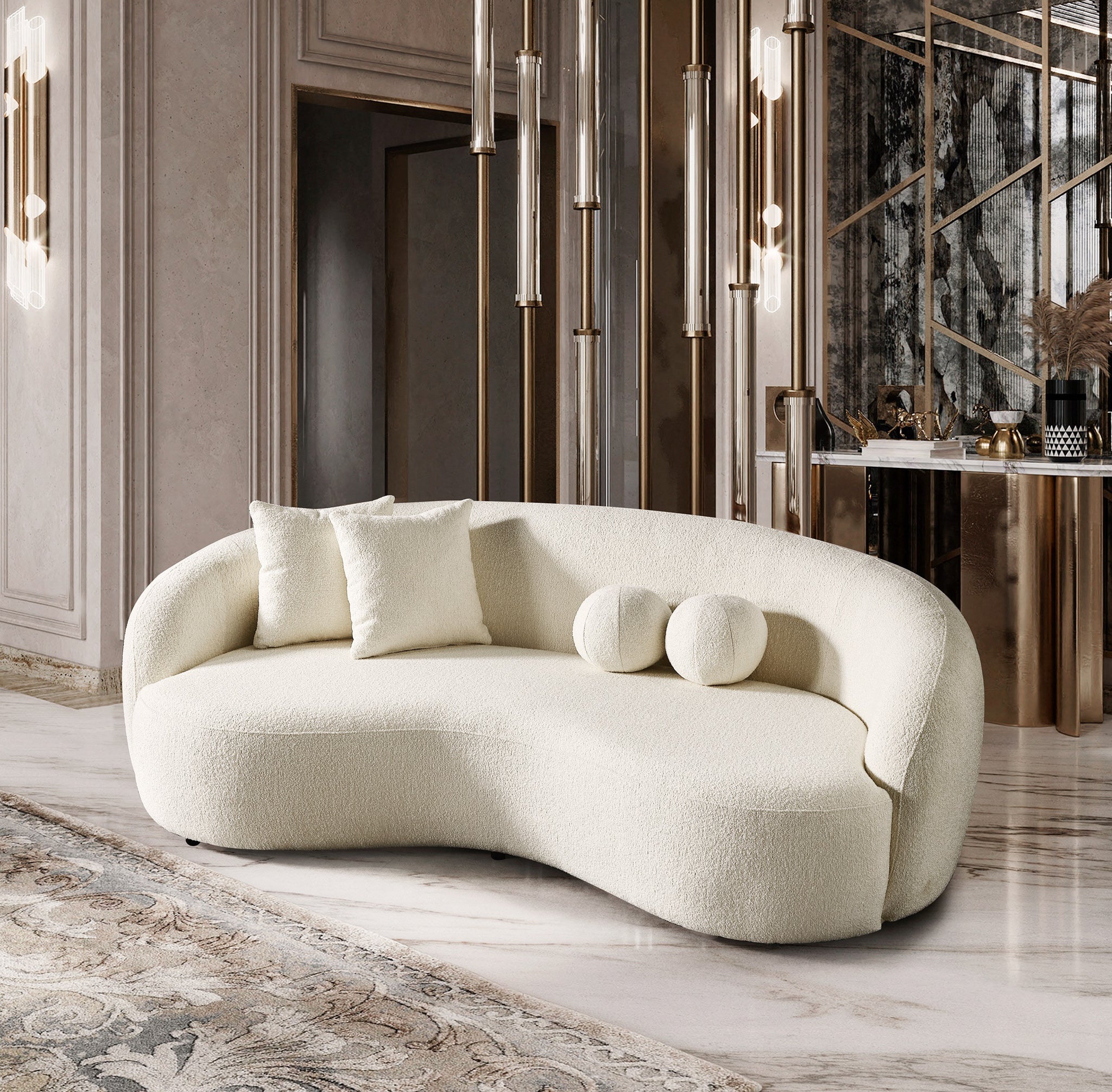
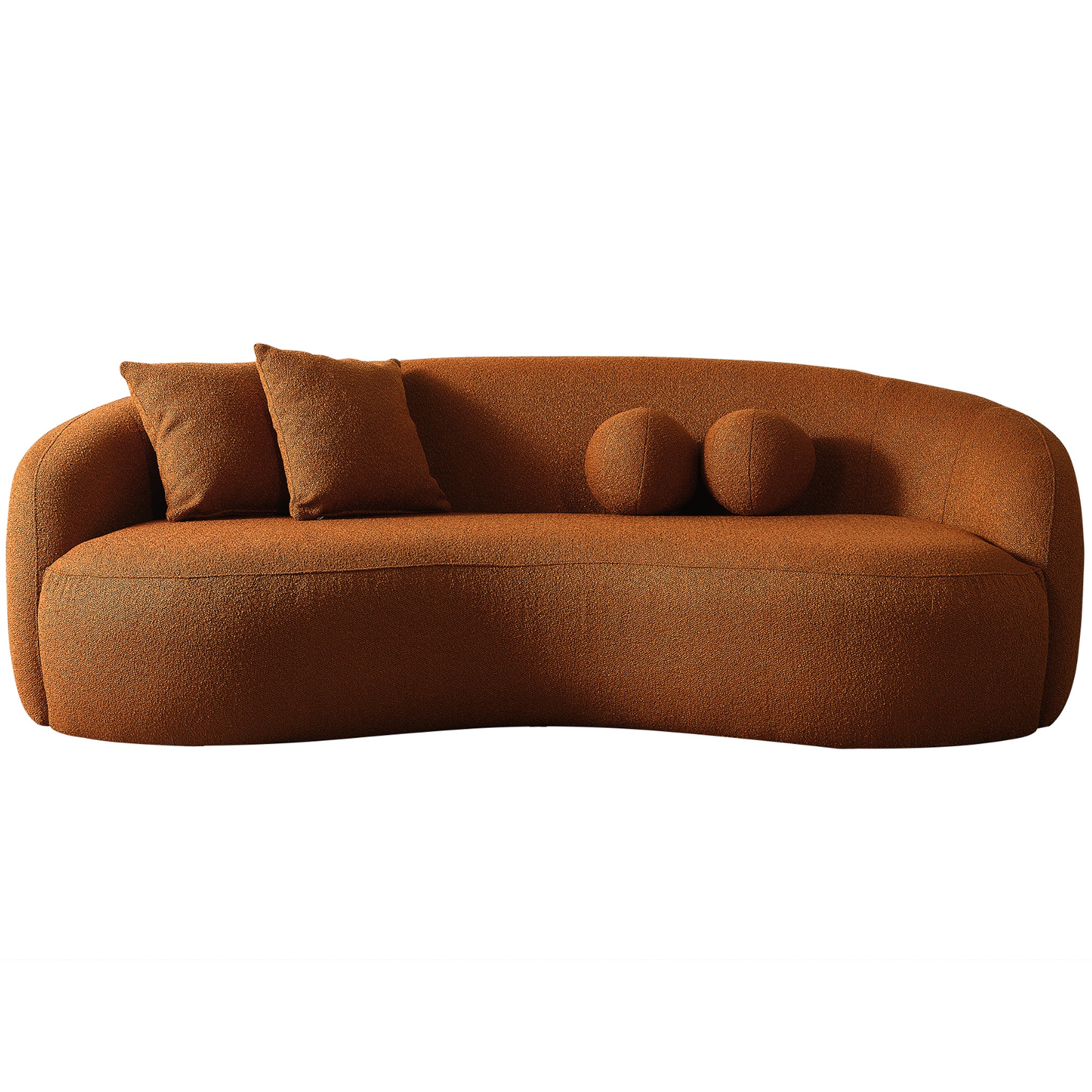
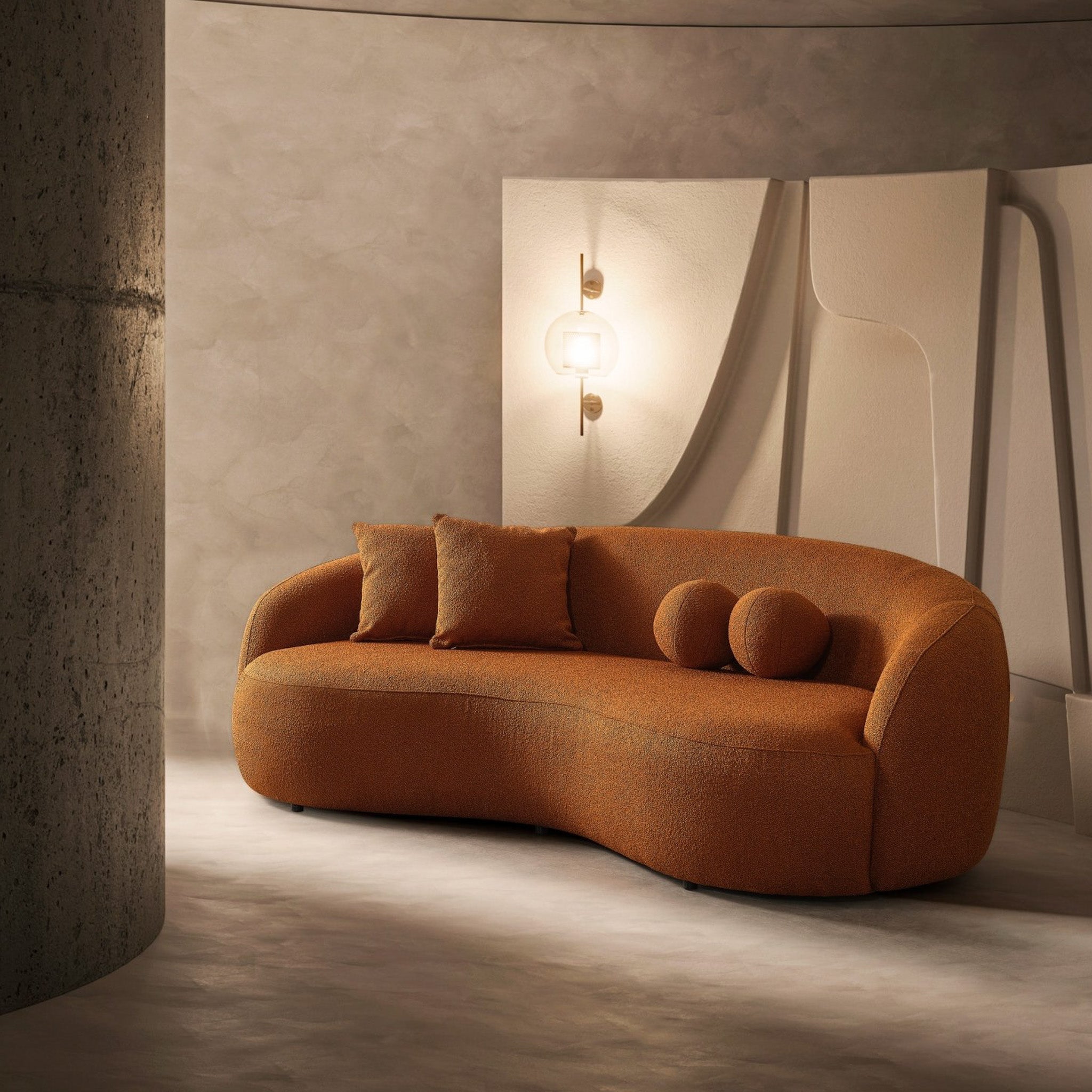
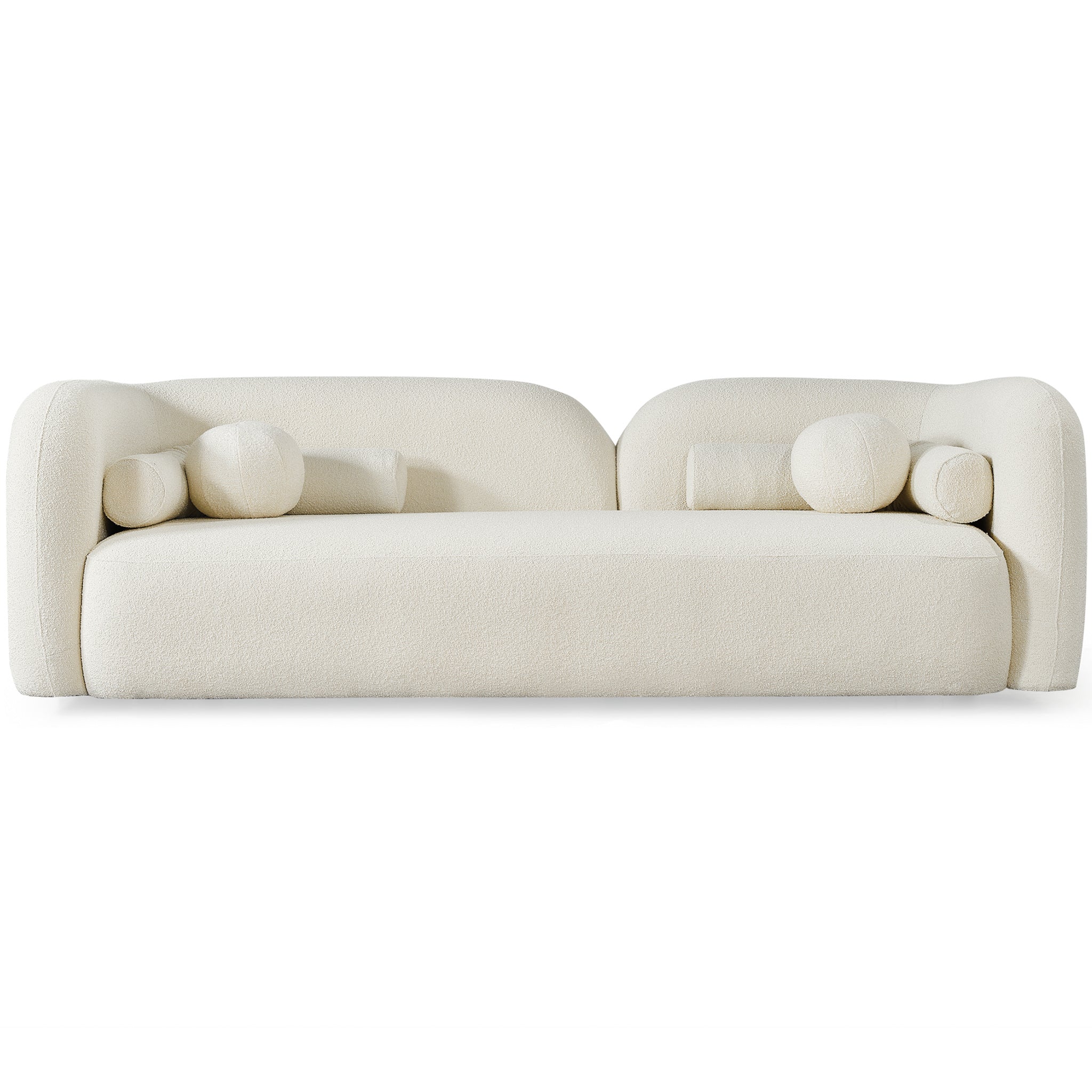
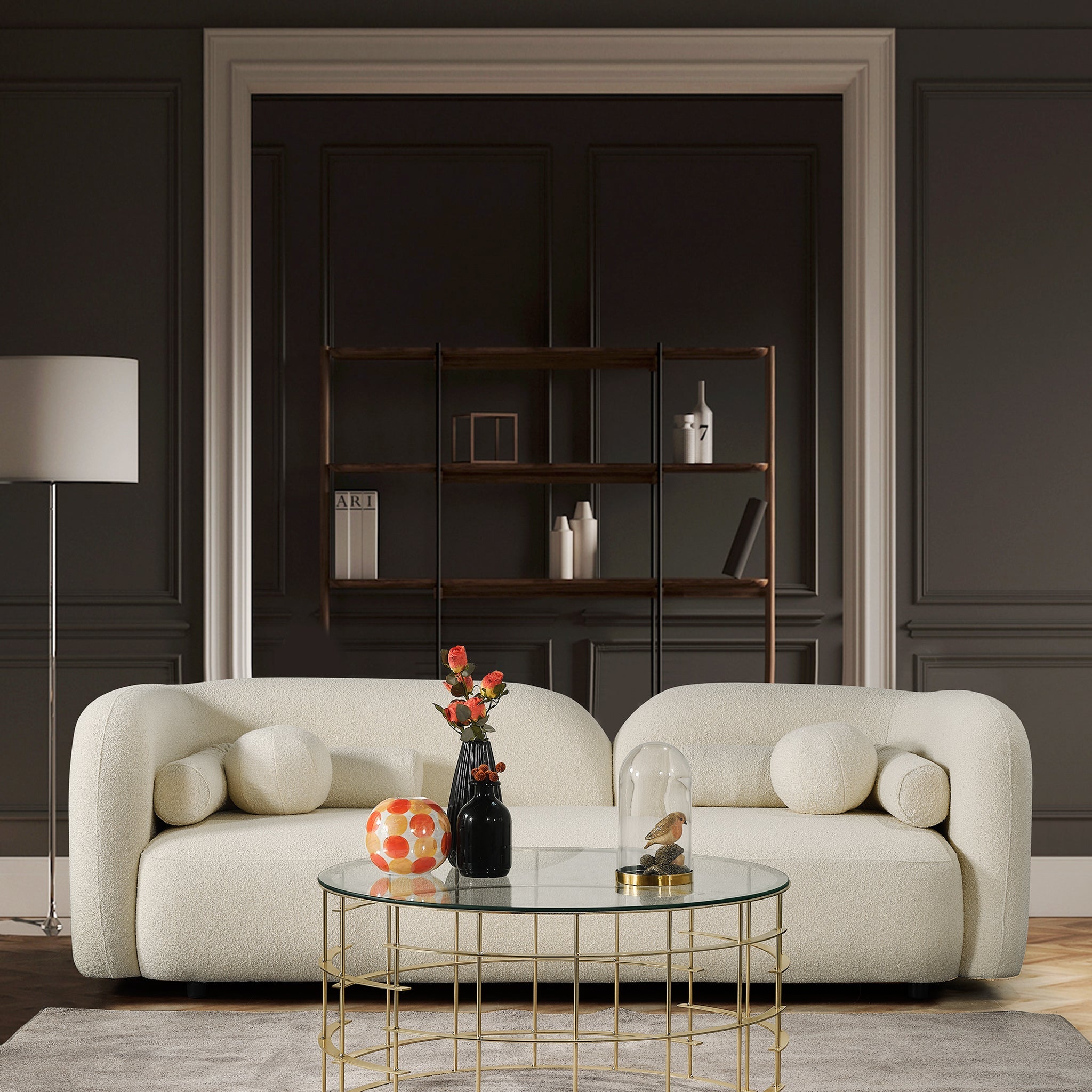
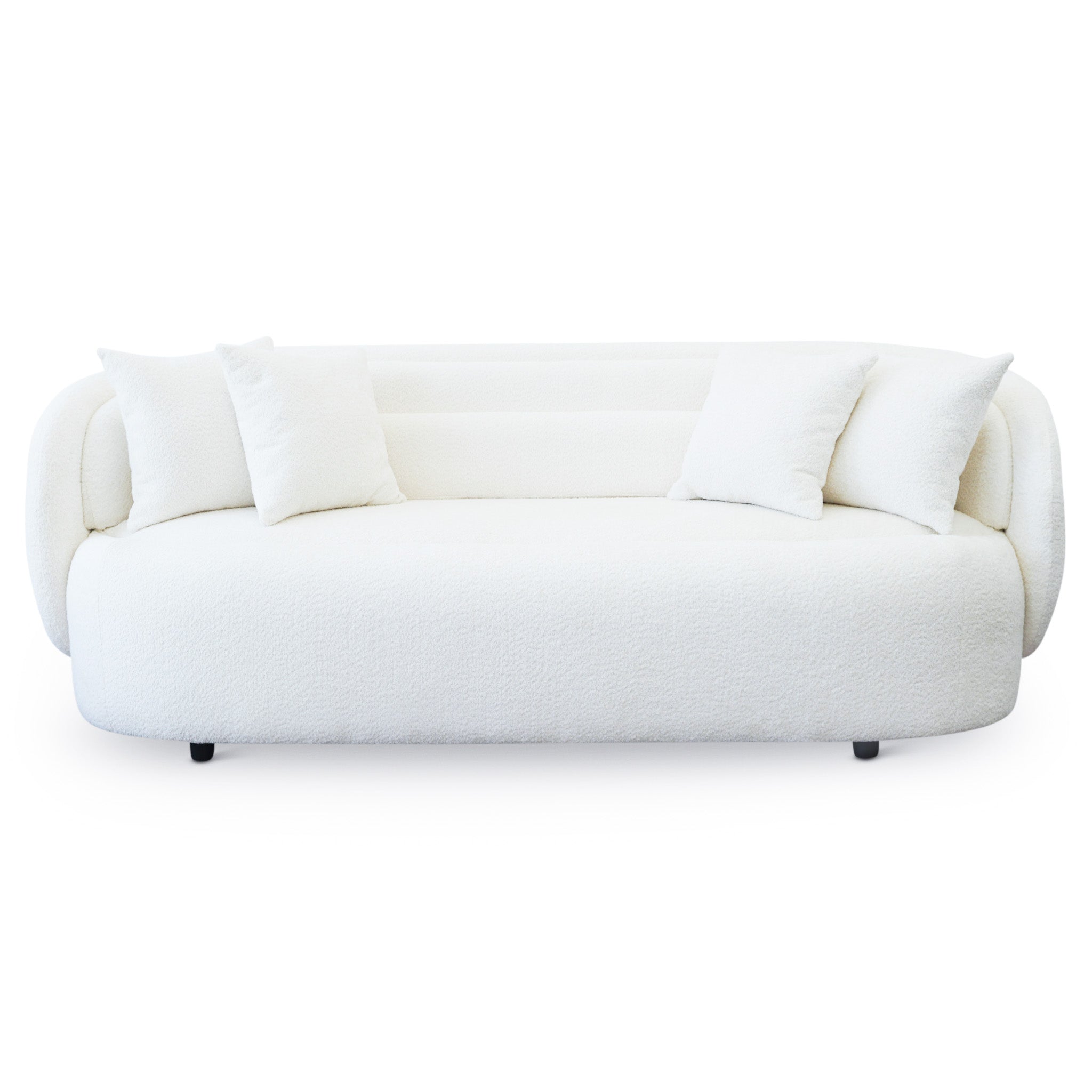

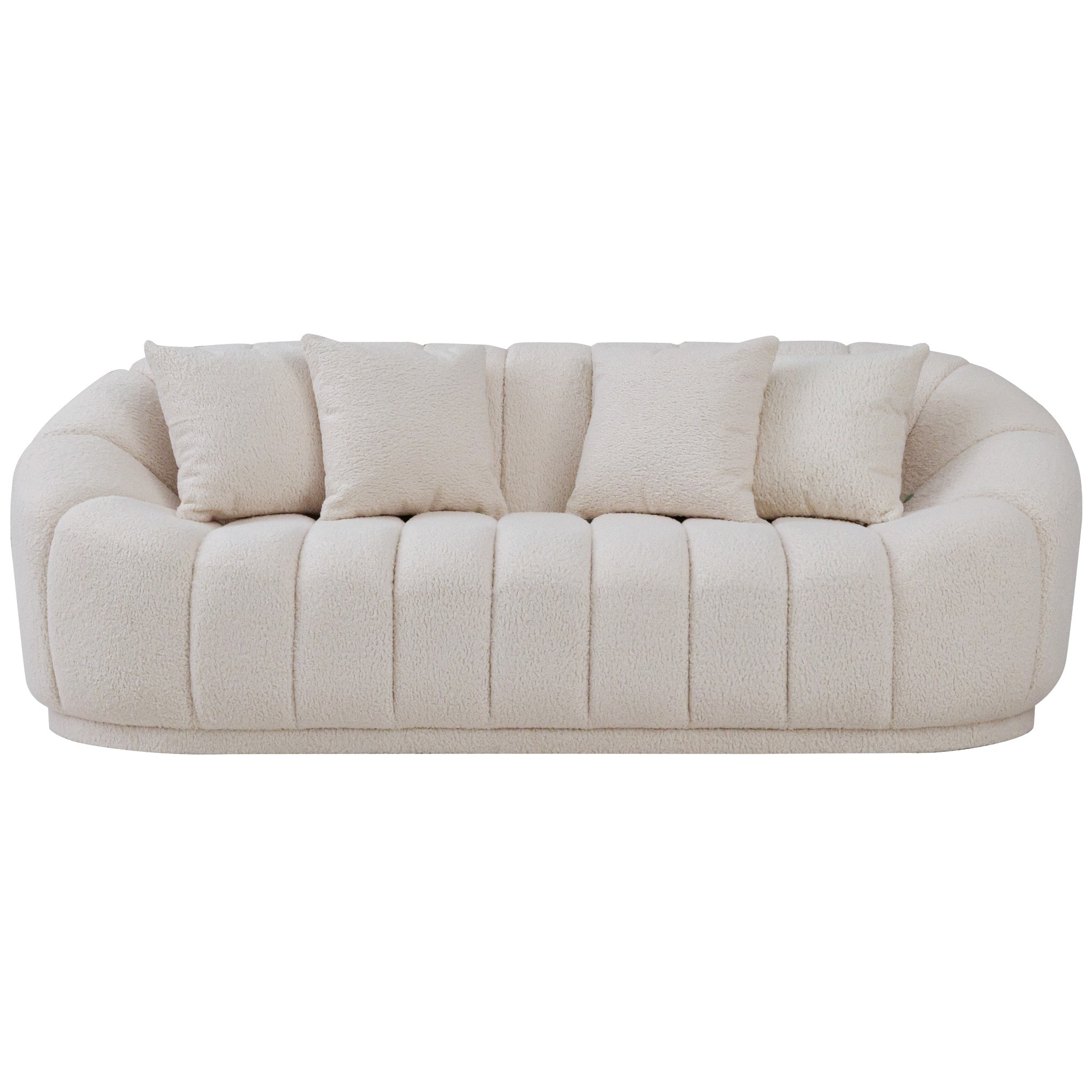
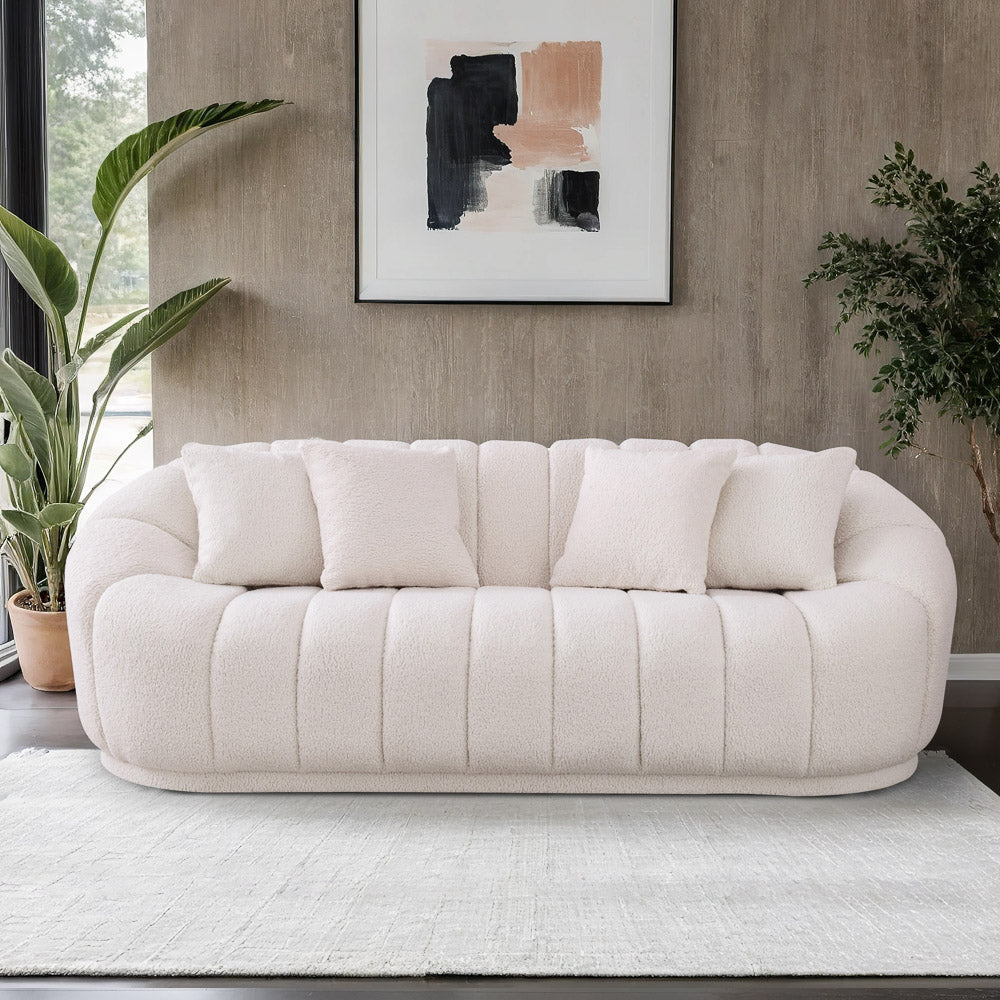
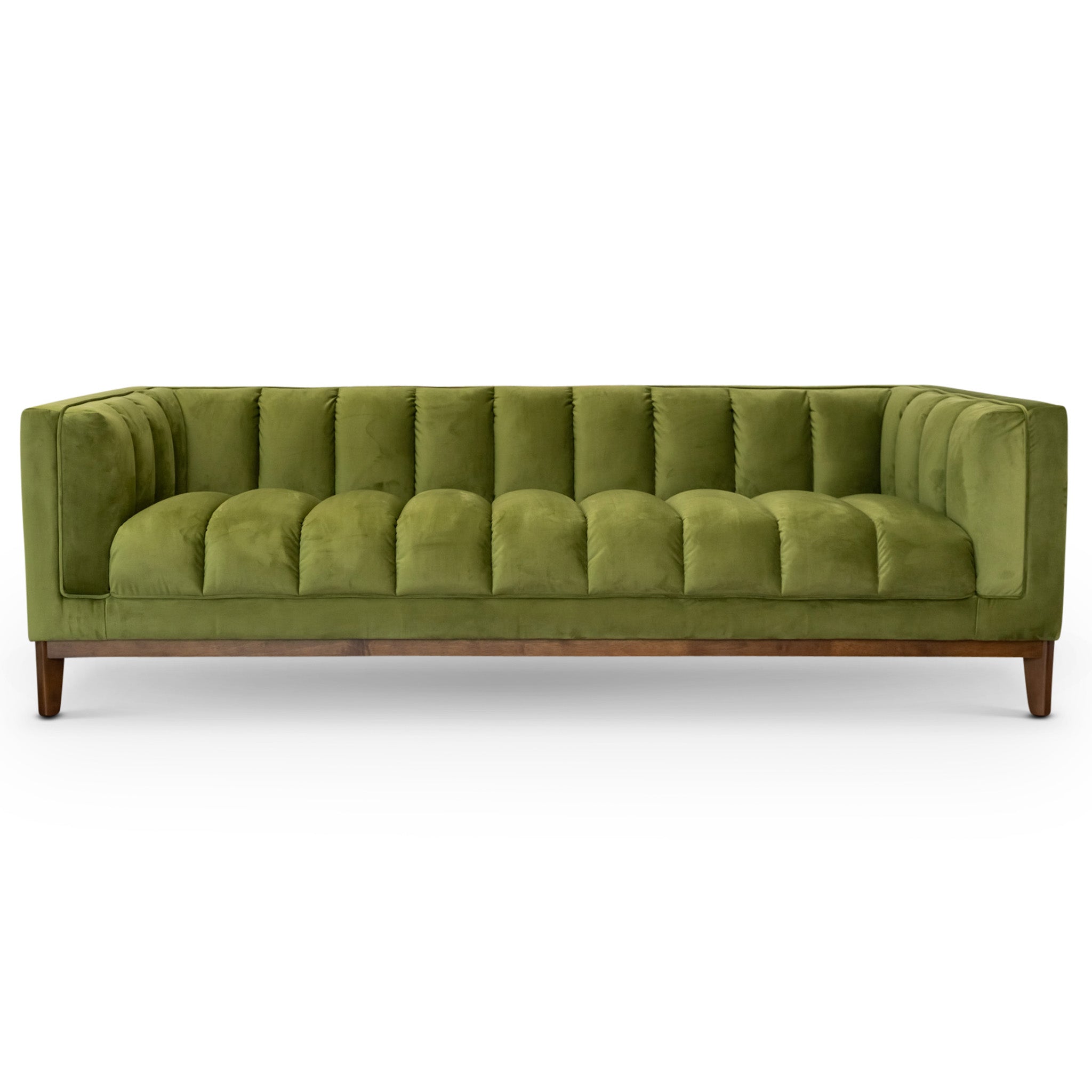
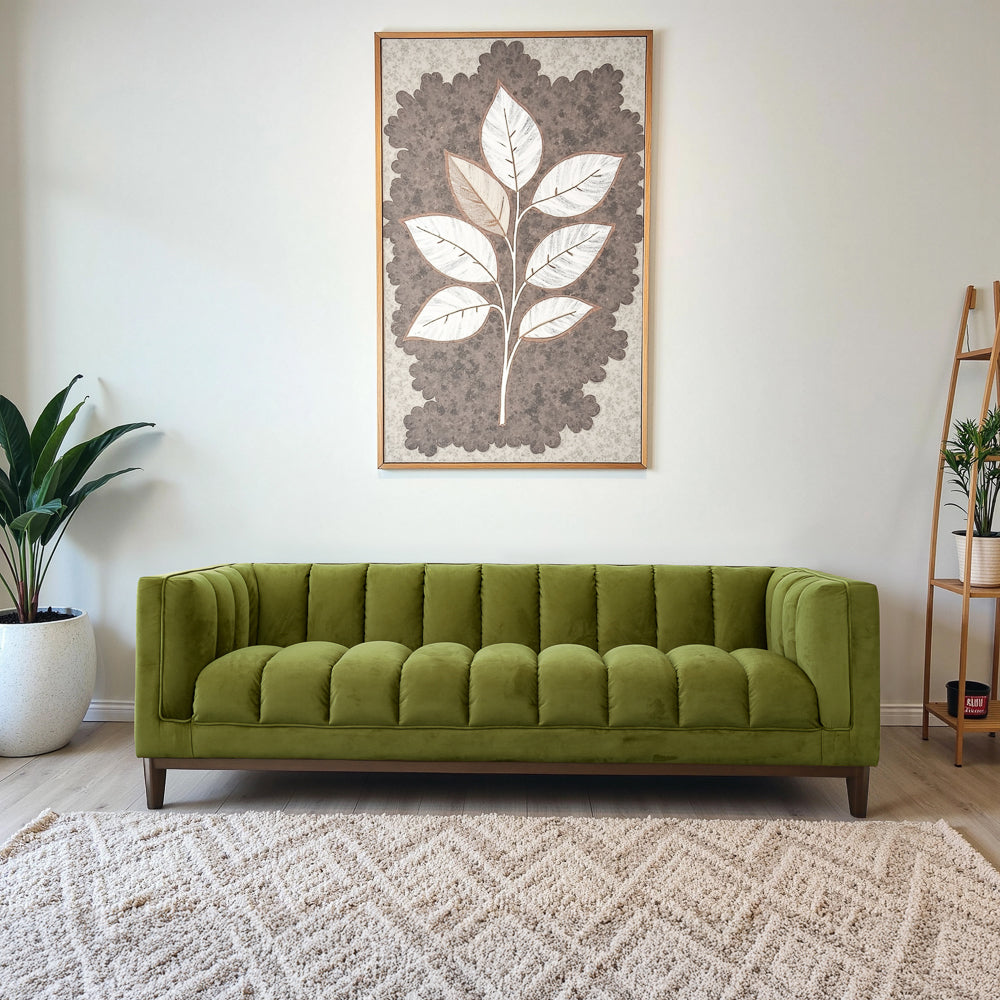
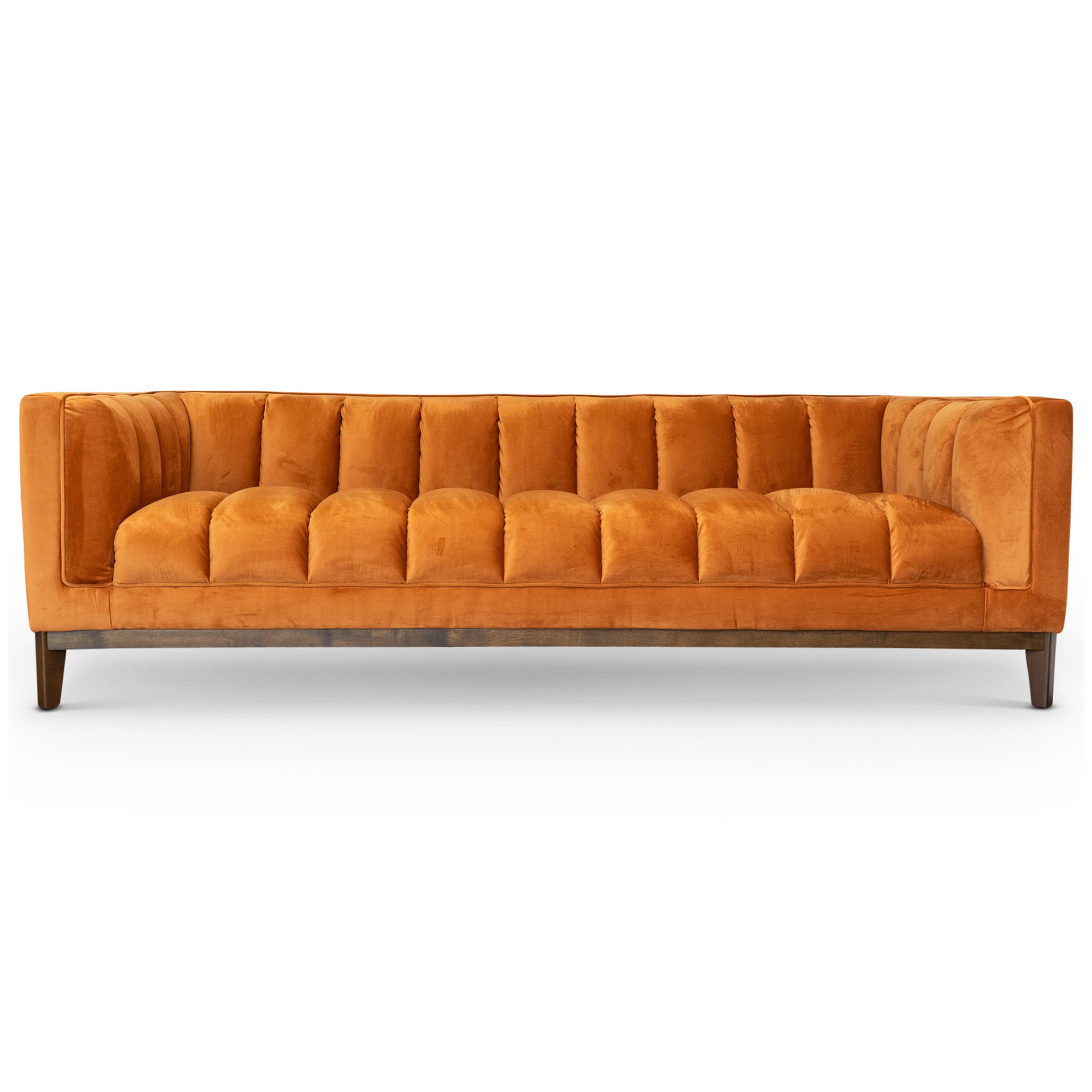
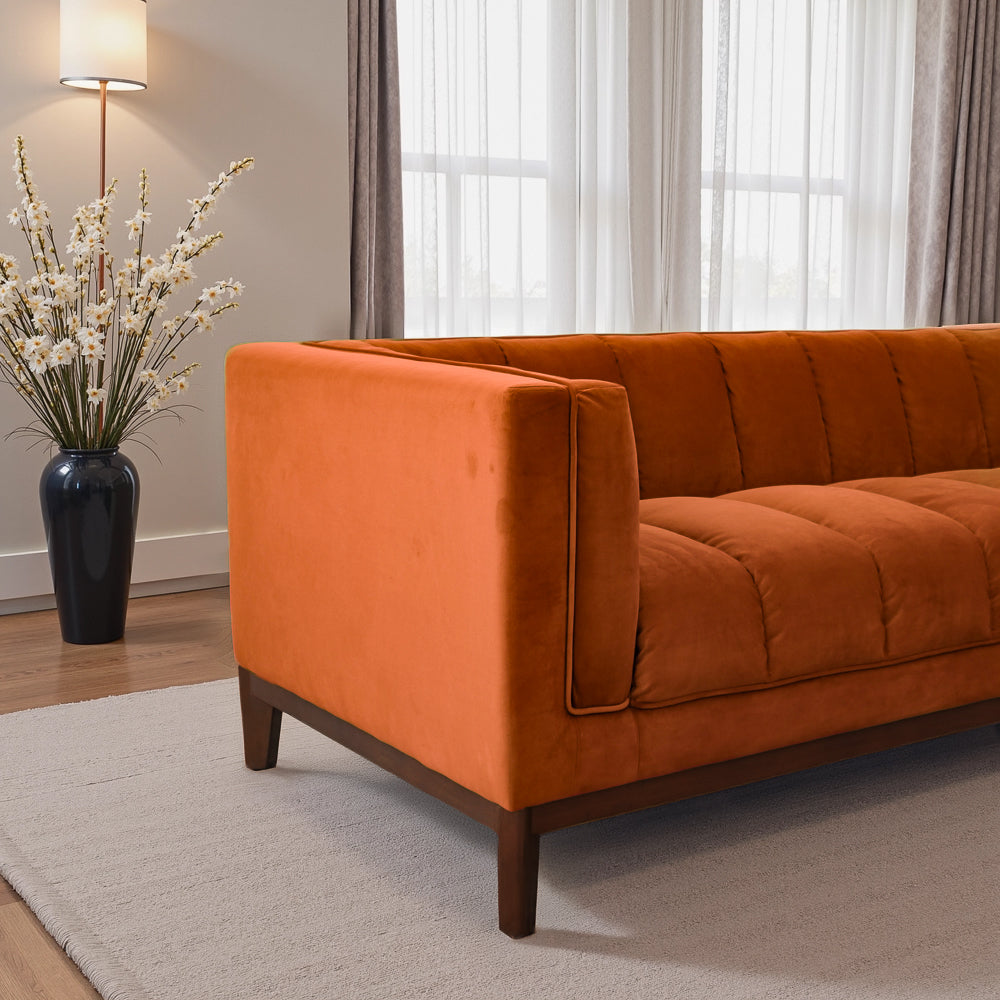

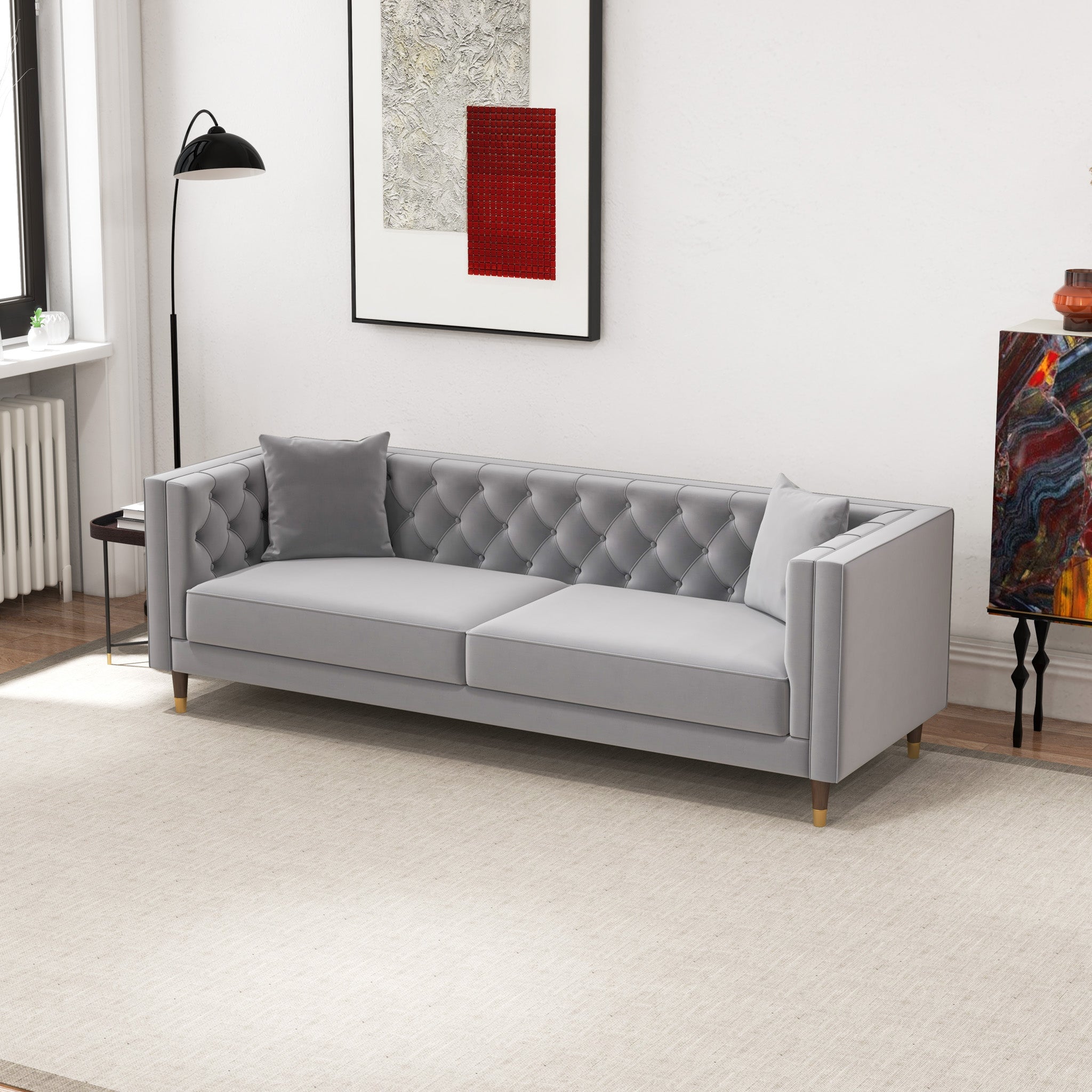
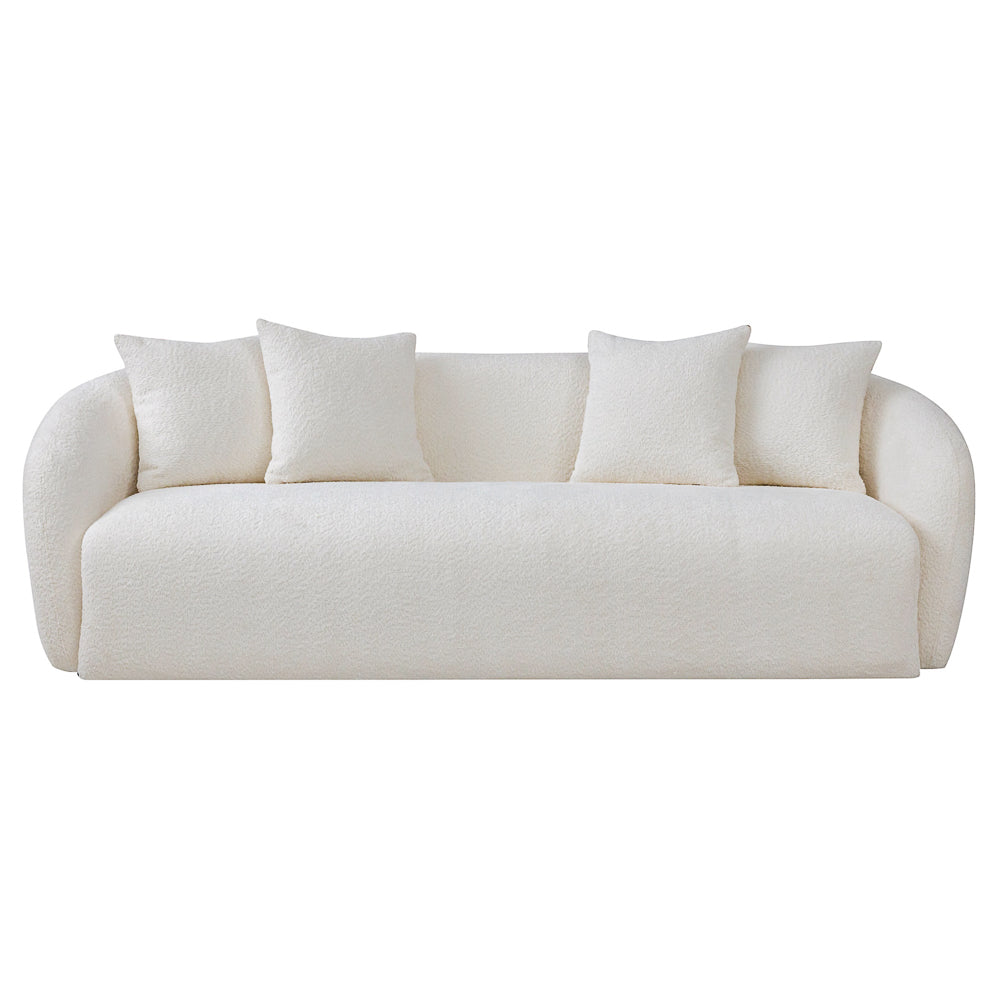

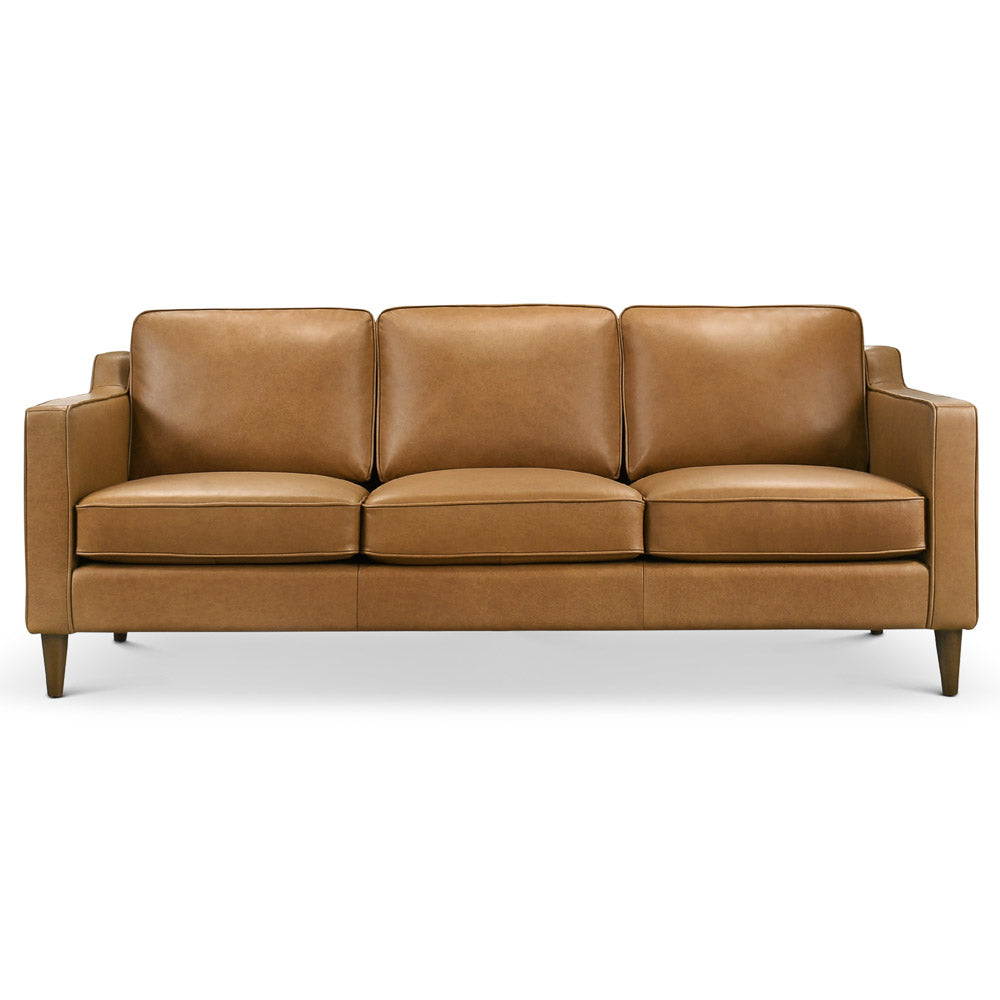
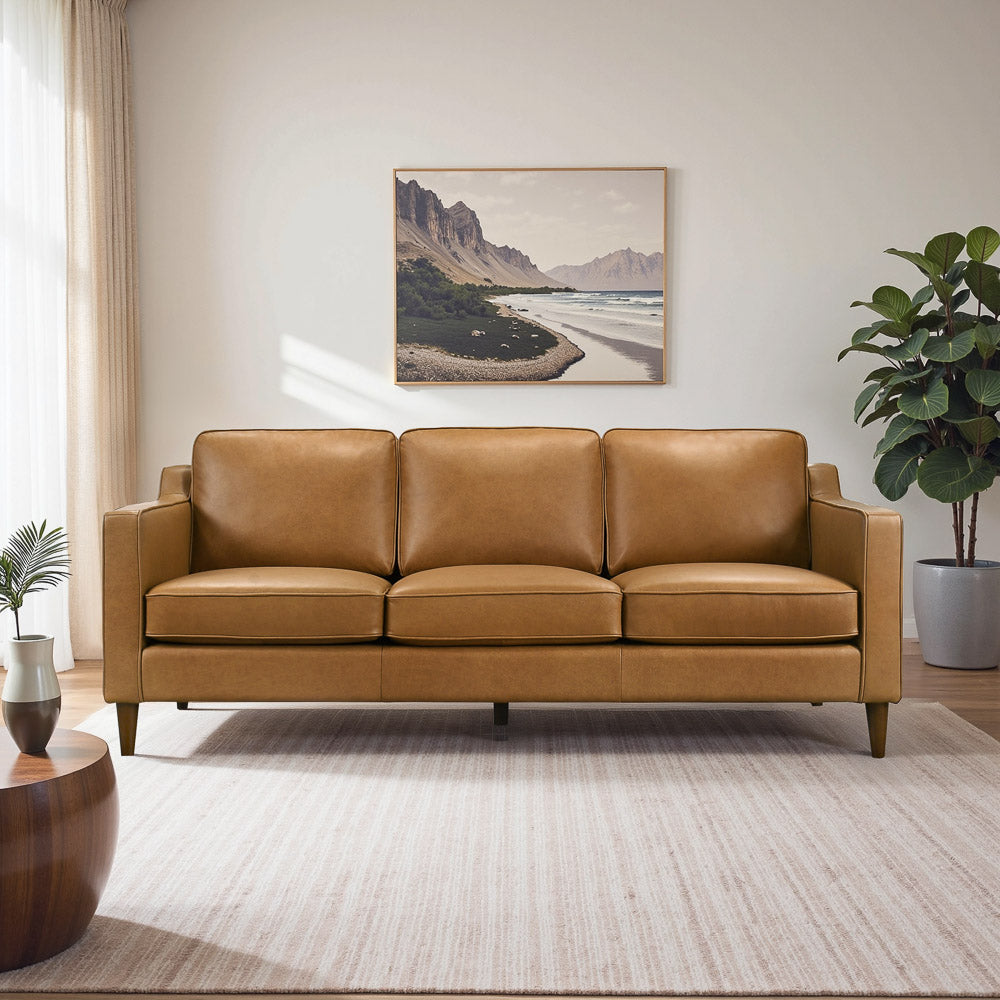
Leave a comment
This site is protected by hCaptcha and the hCaptcha Privacy Policy and Terms of Service apply.